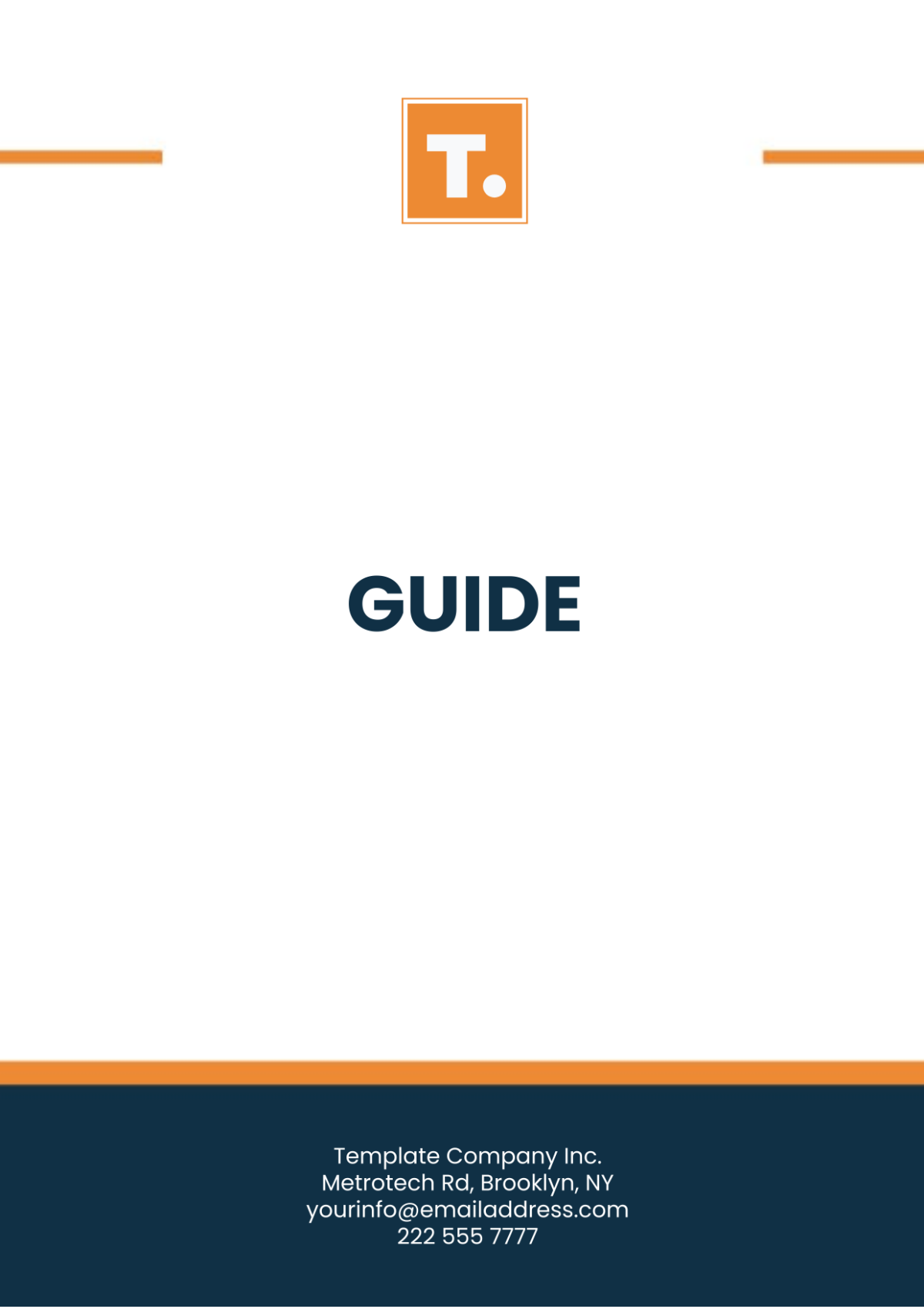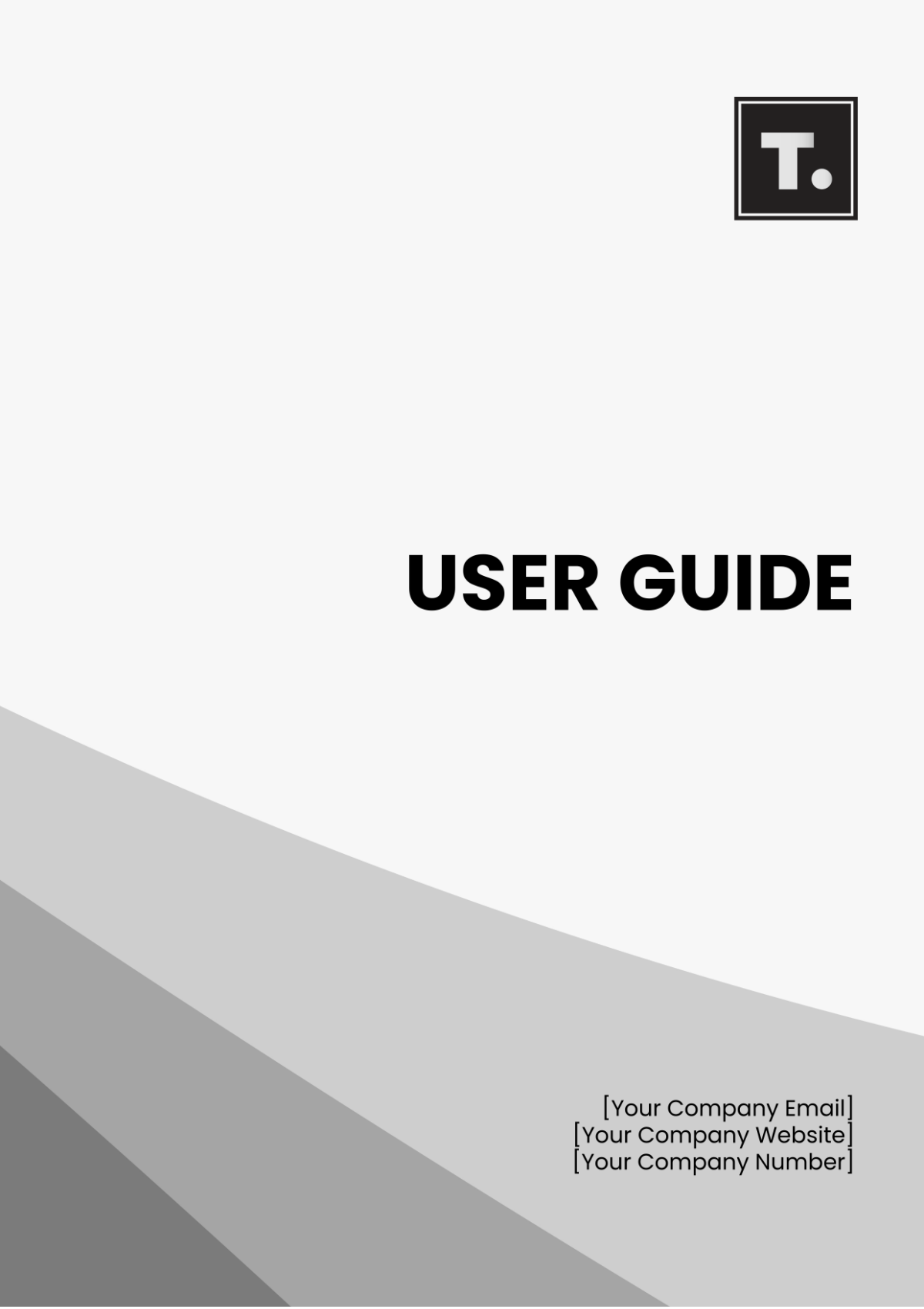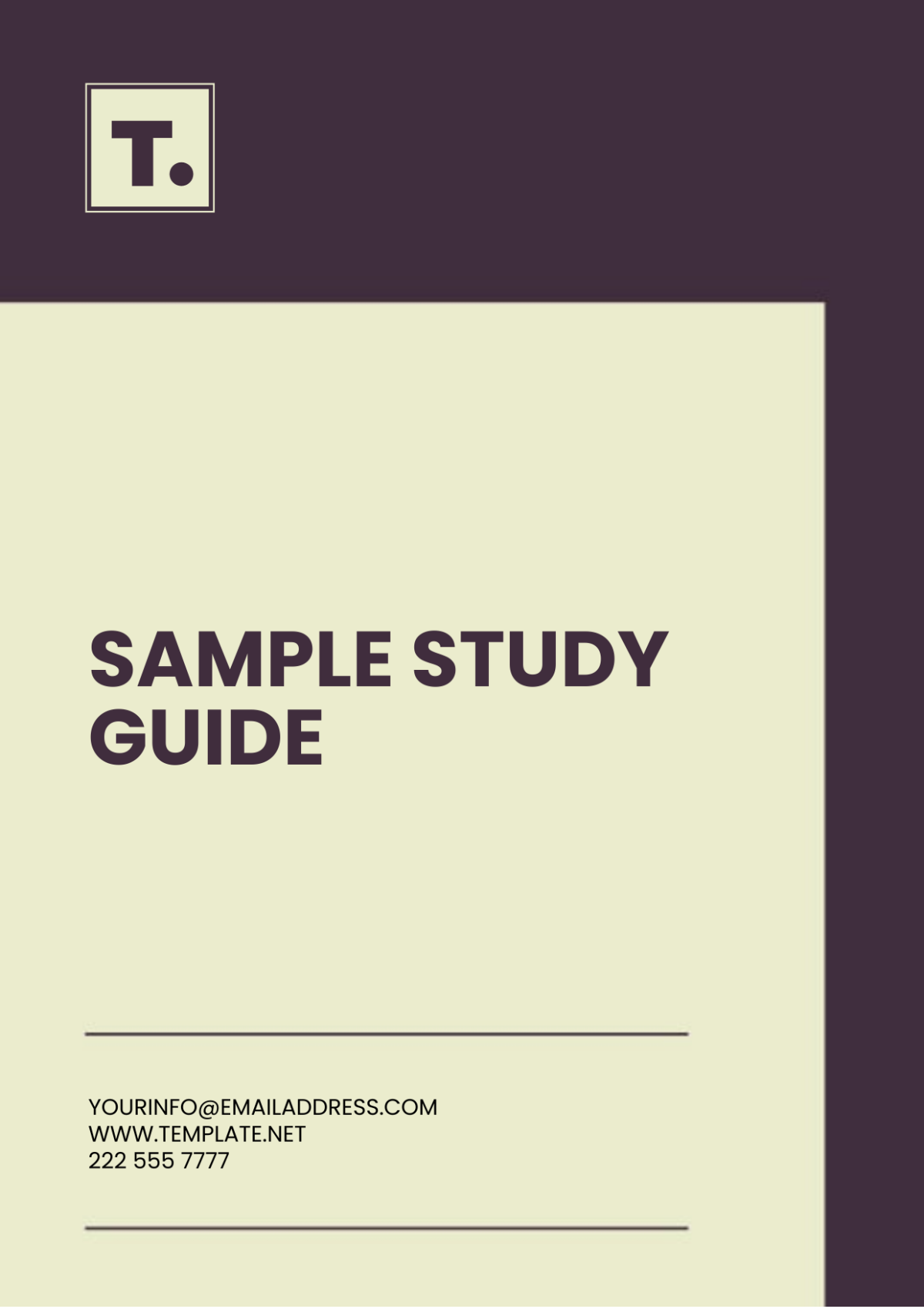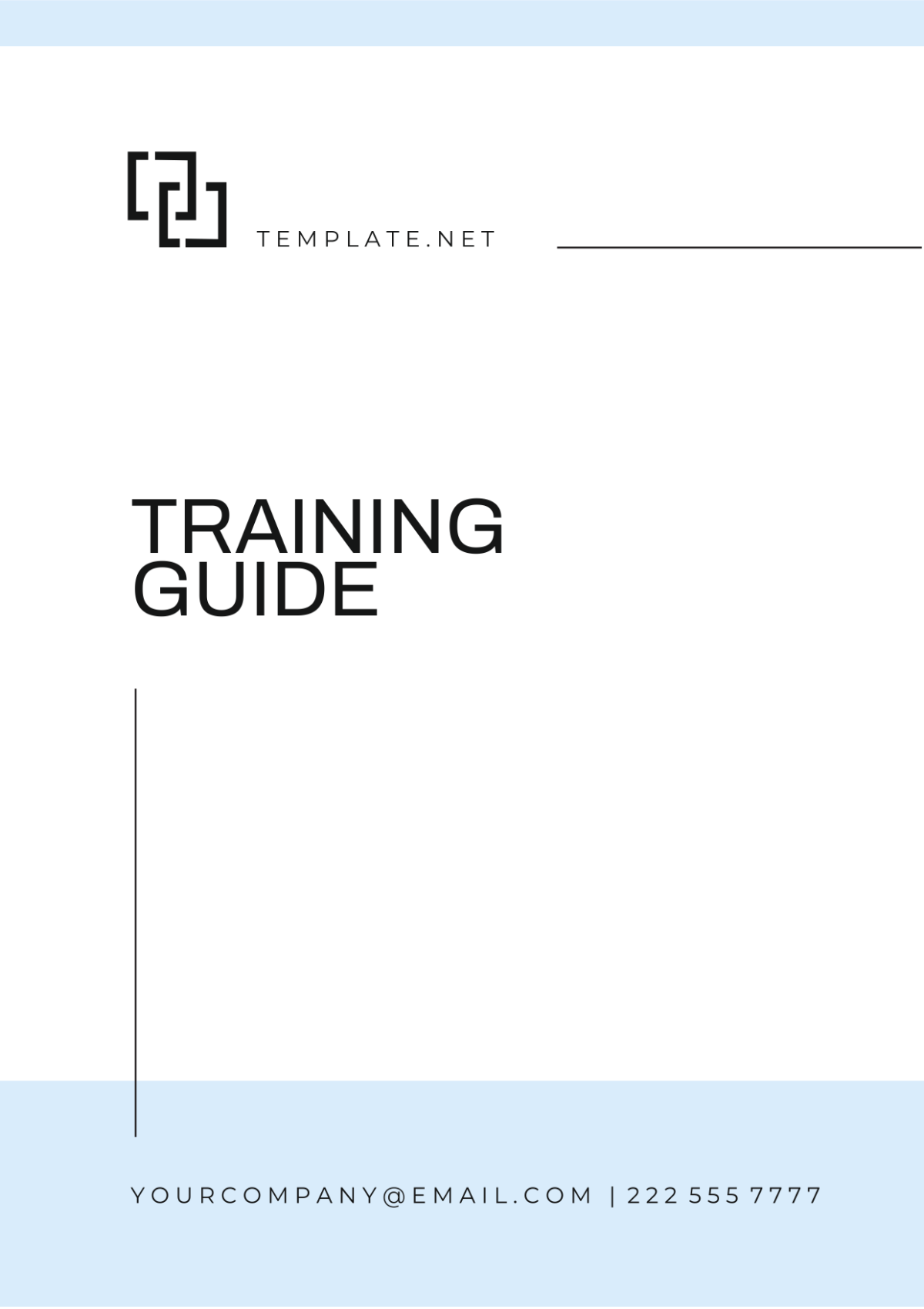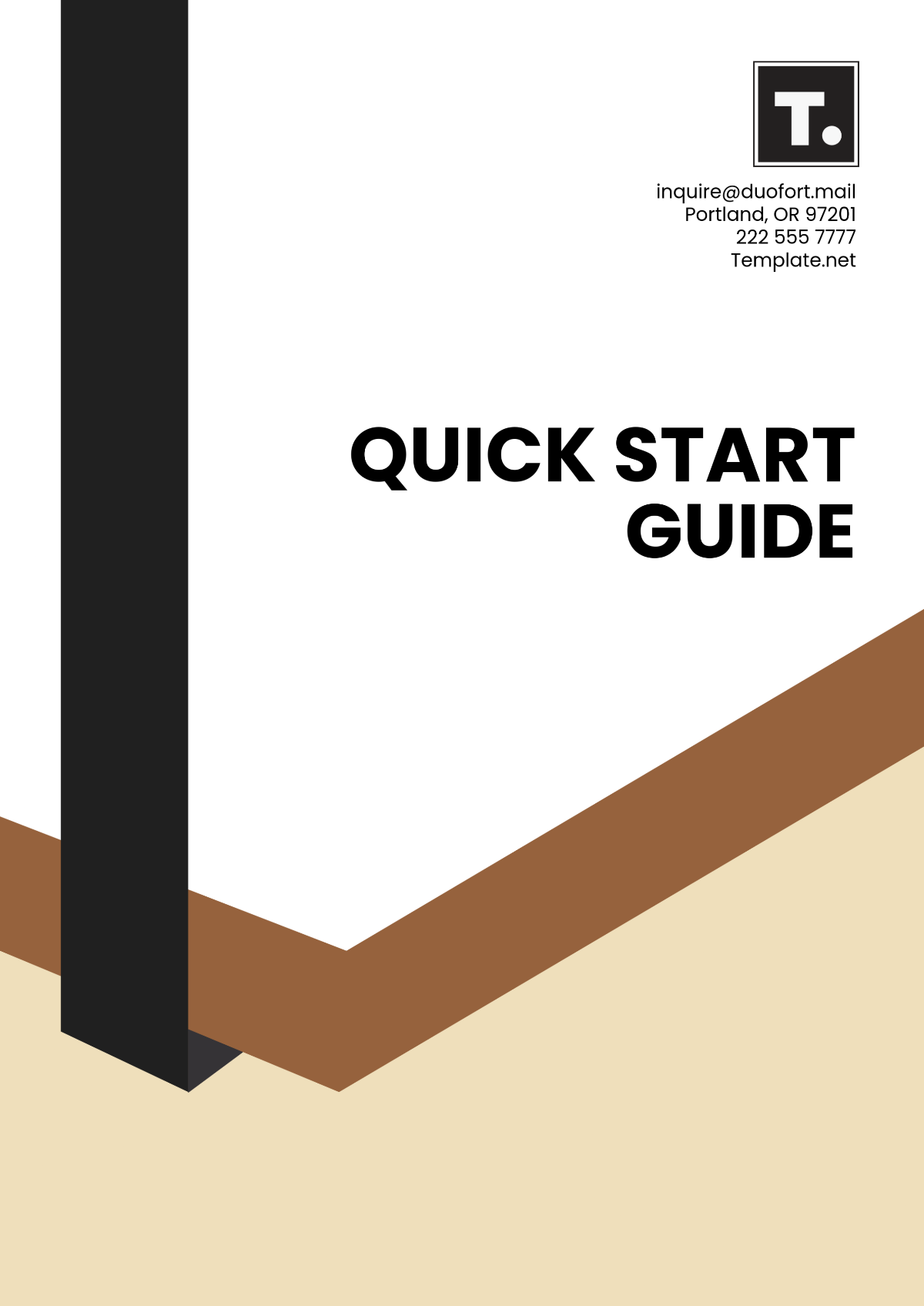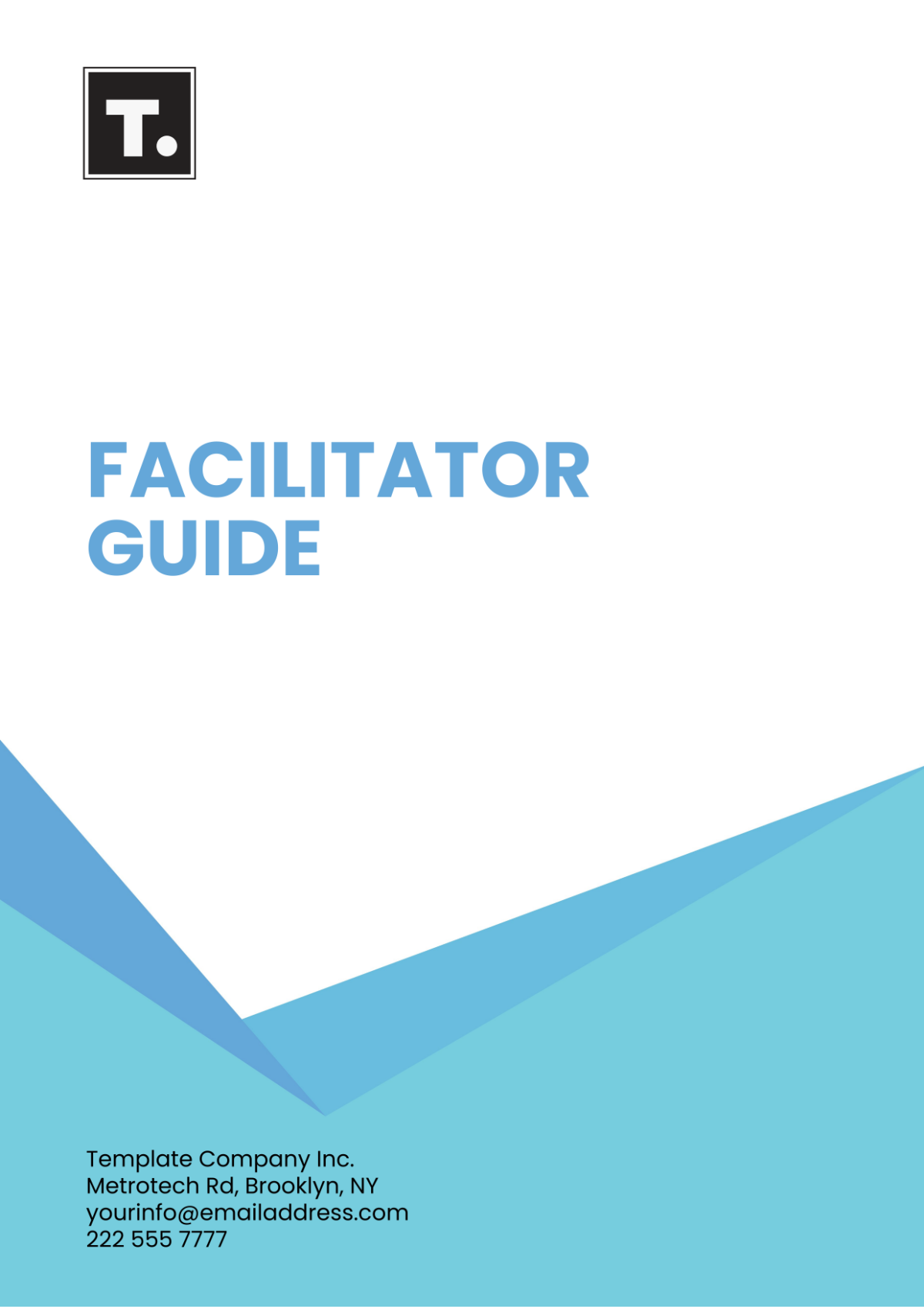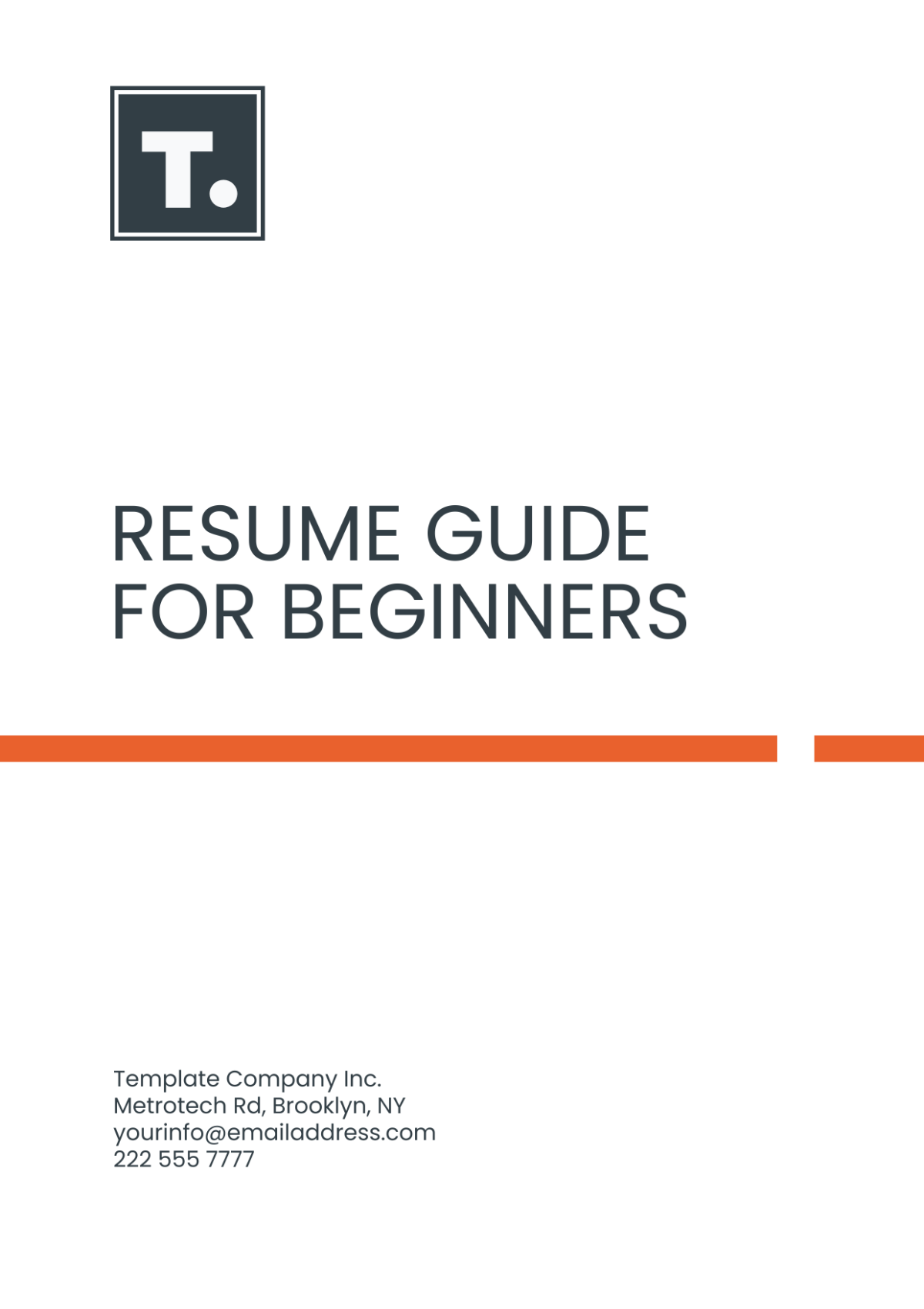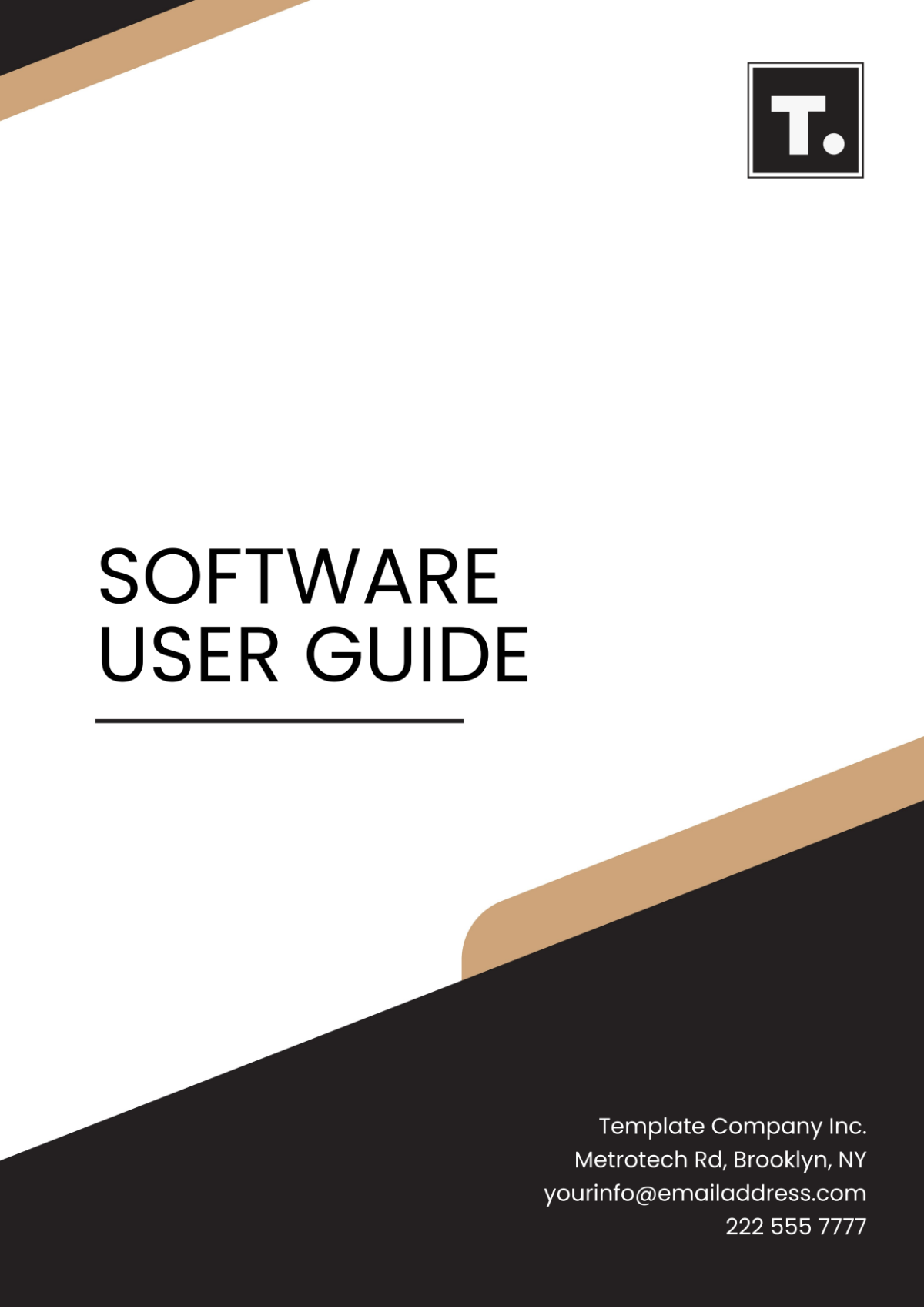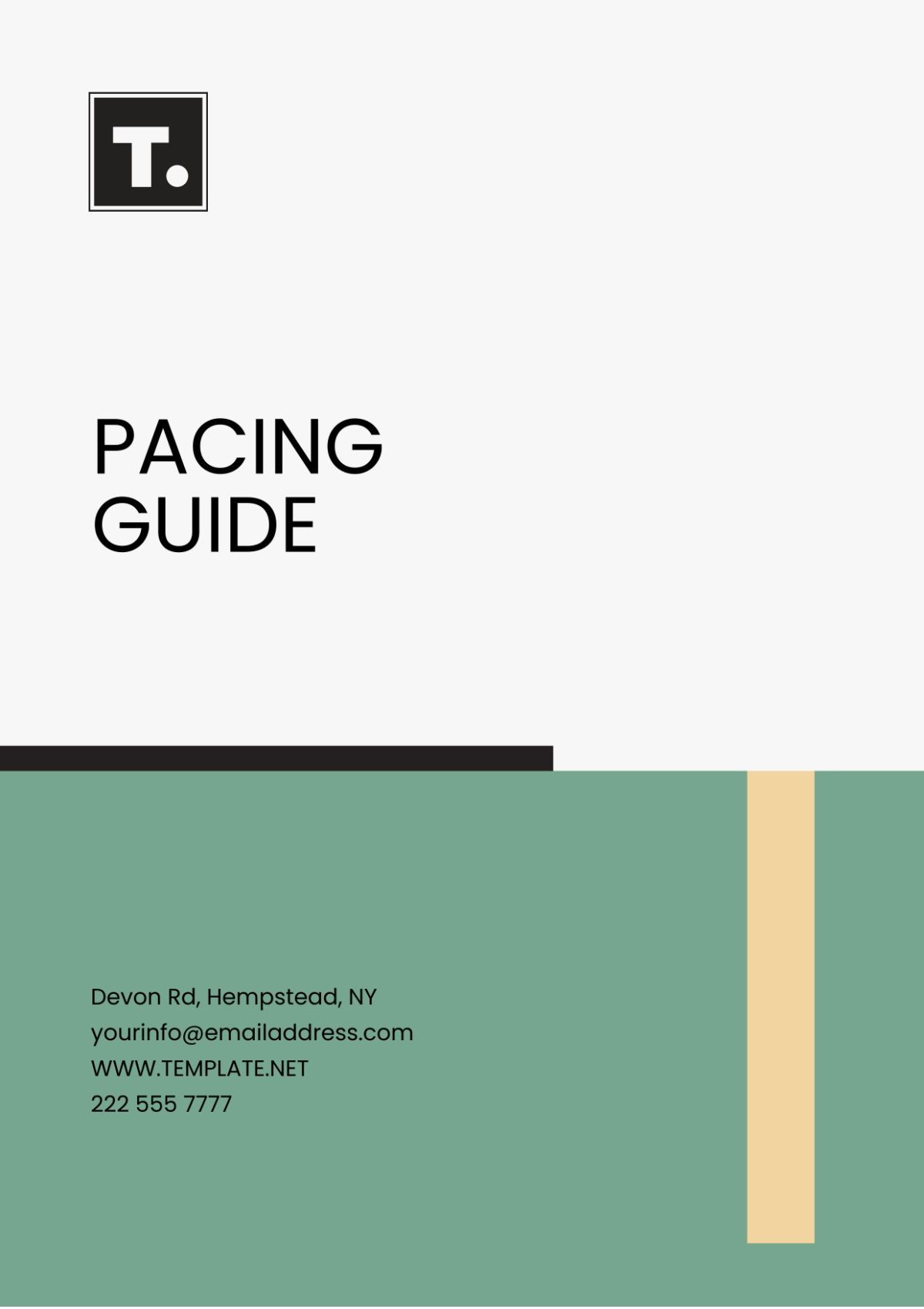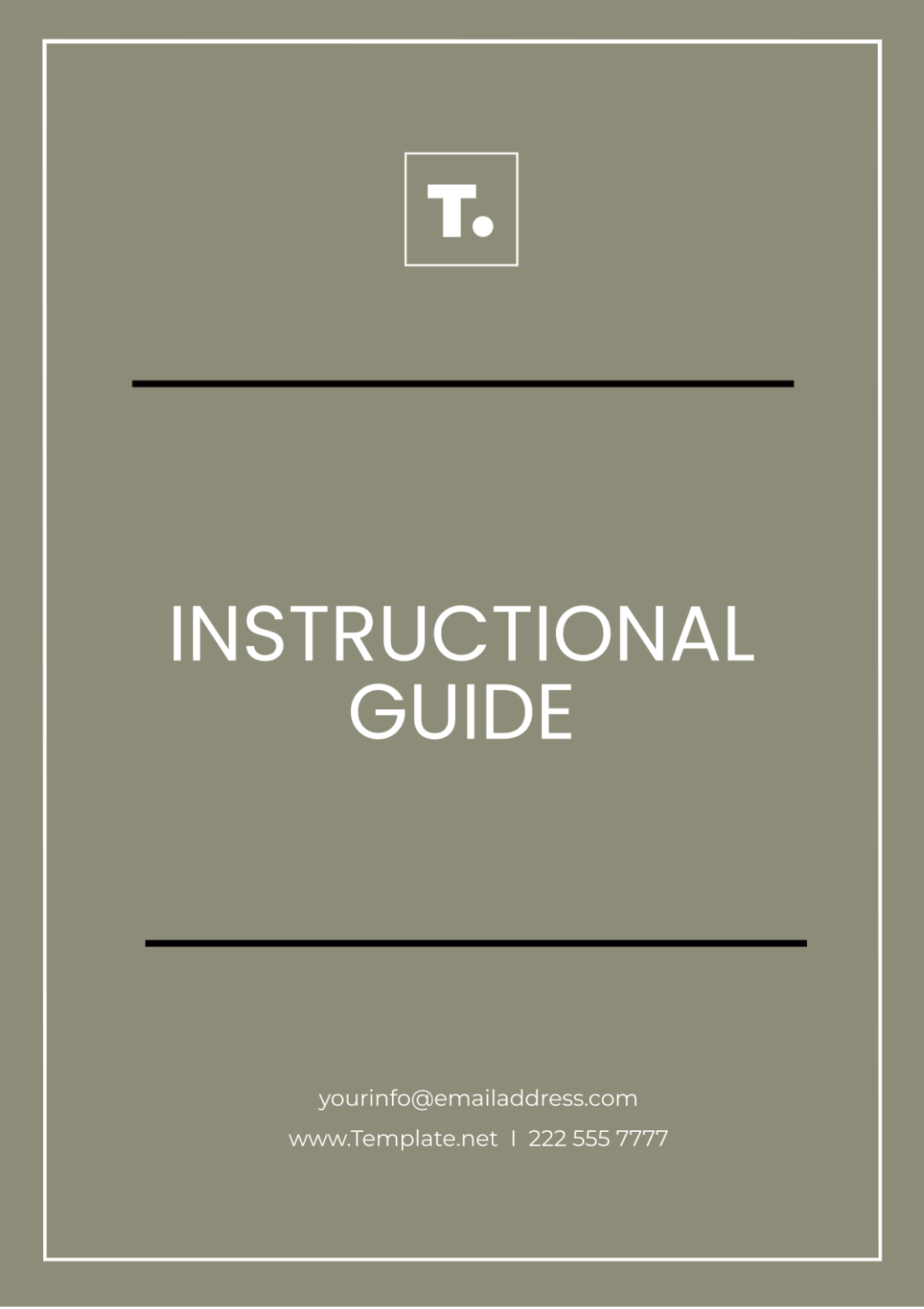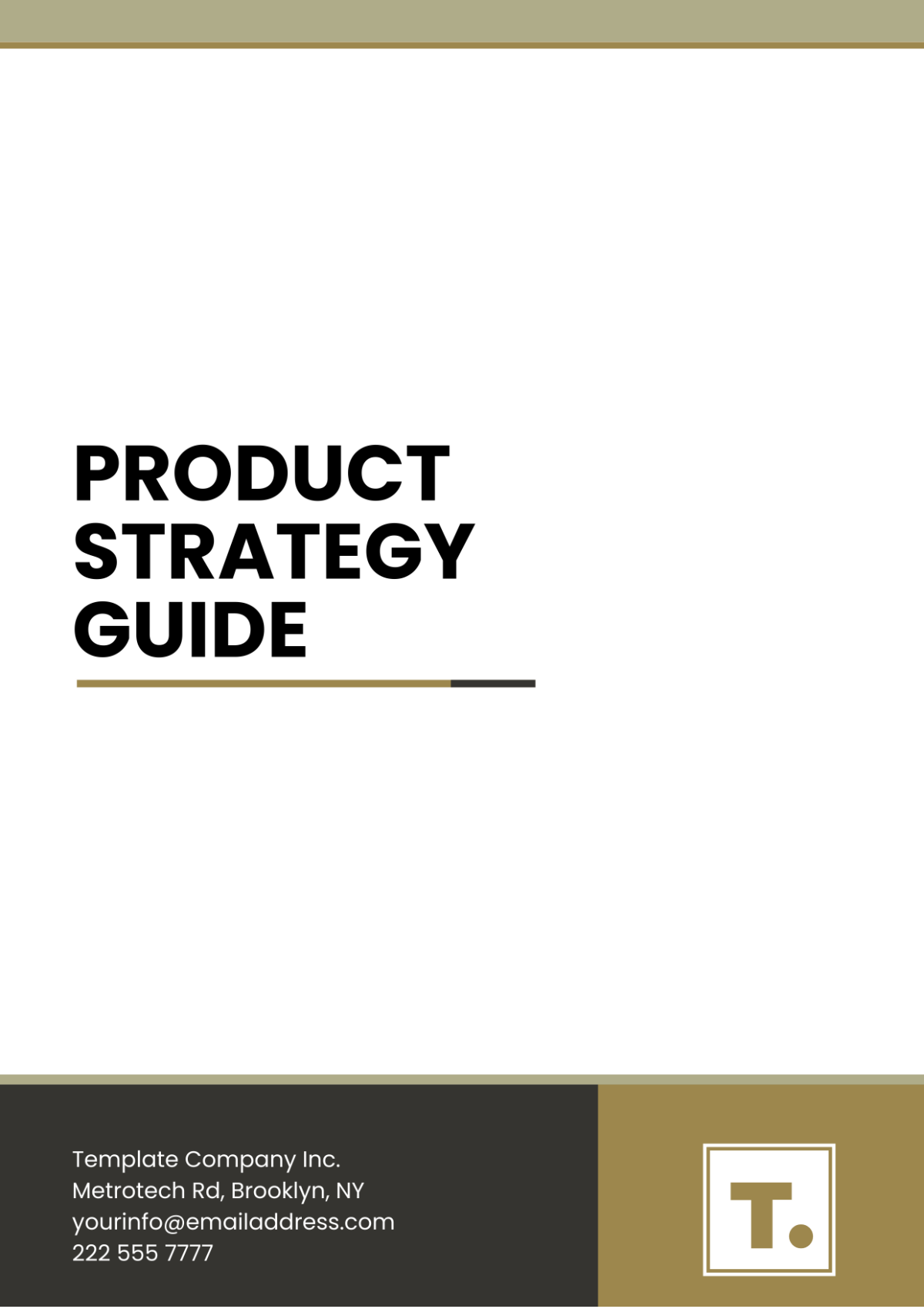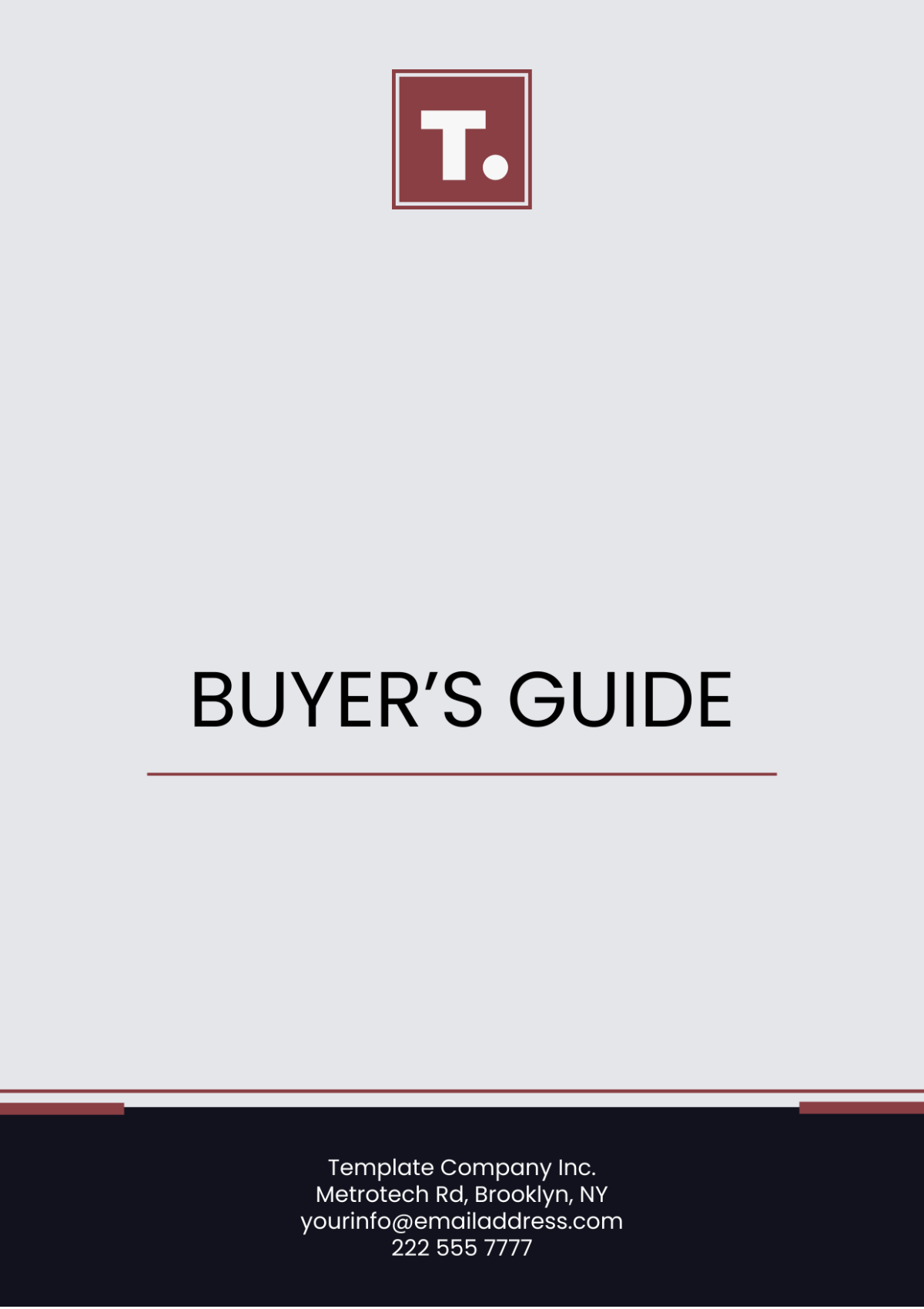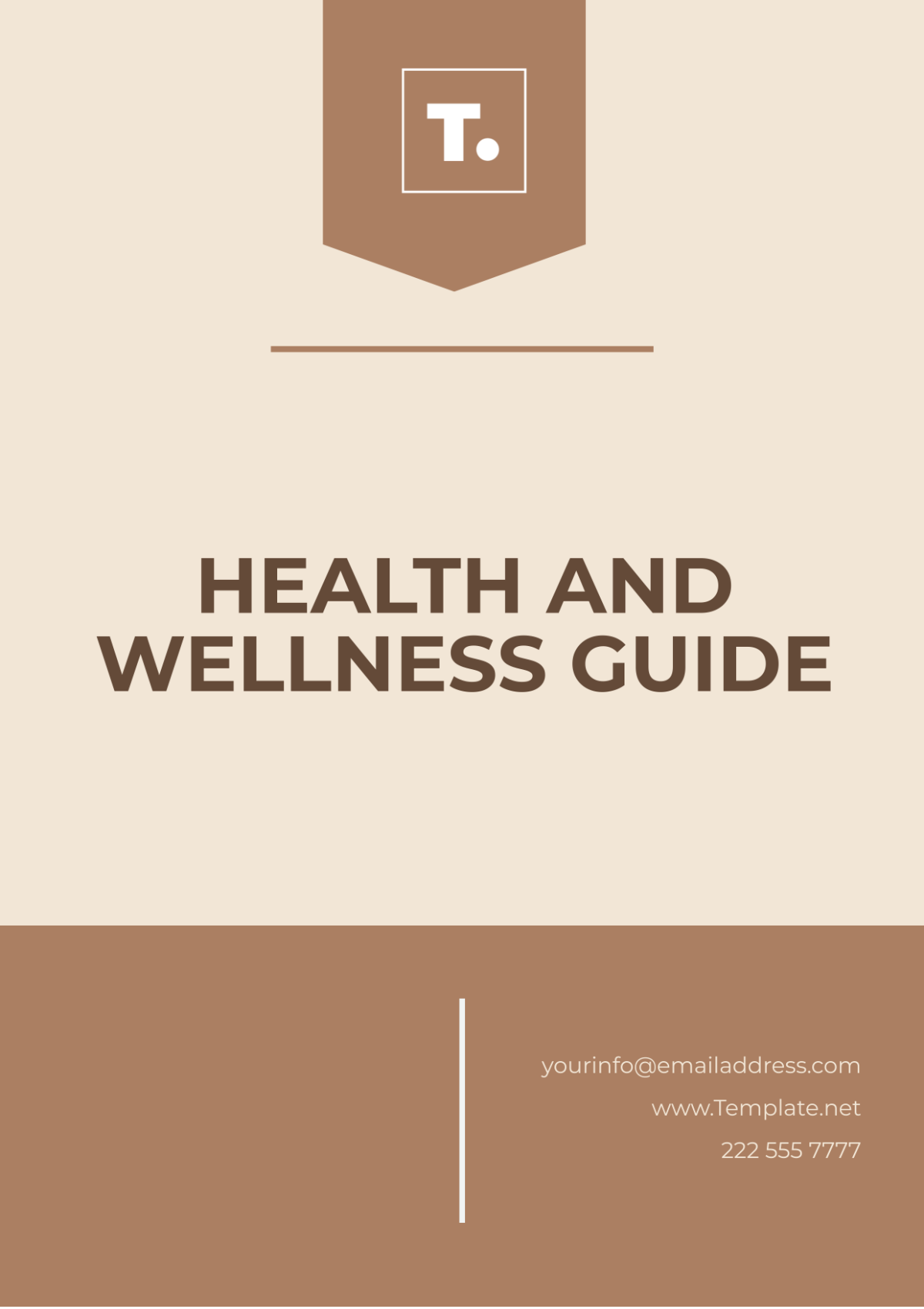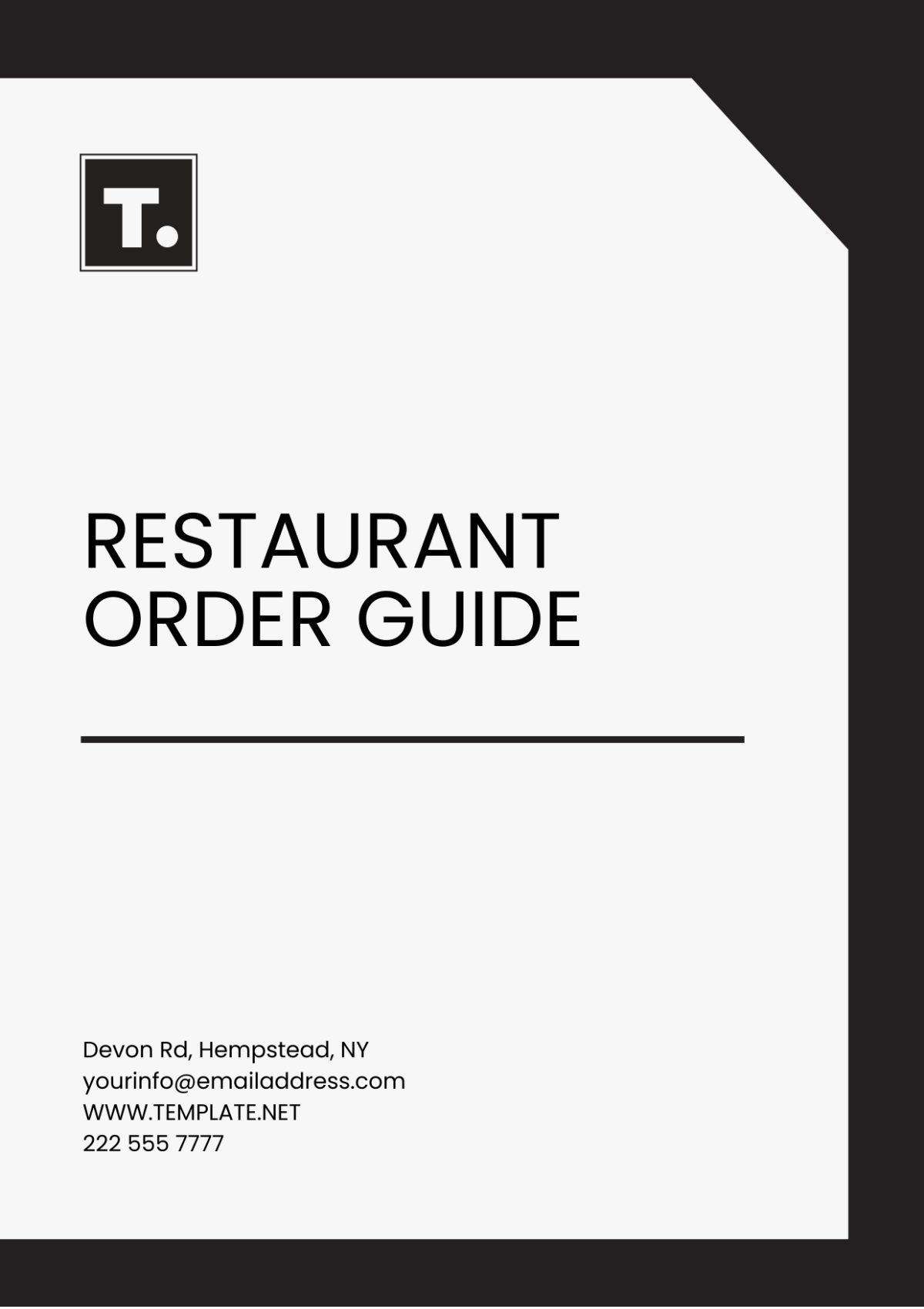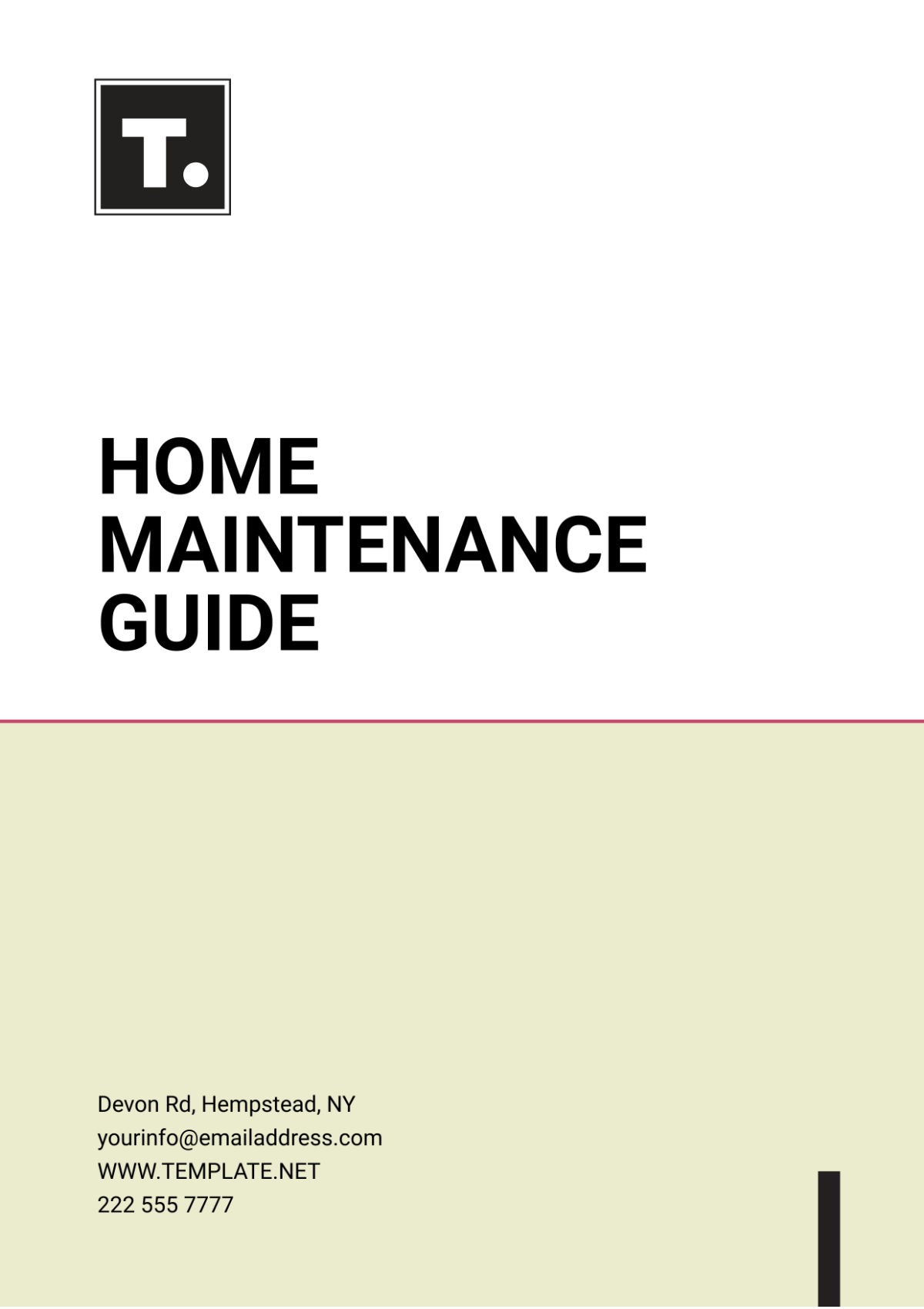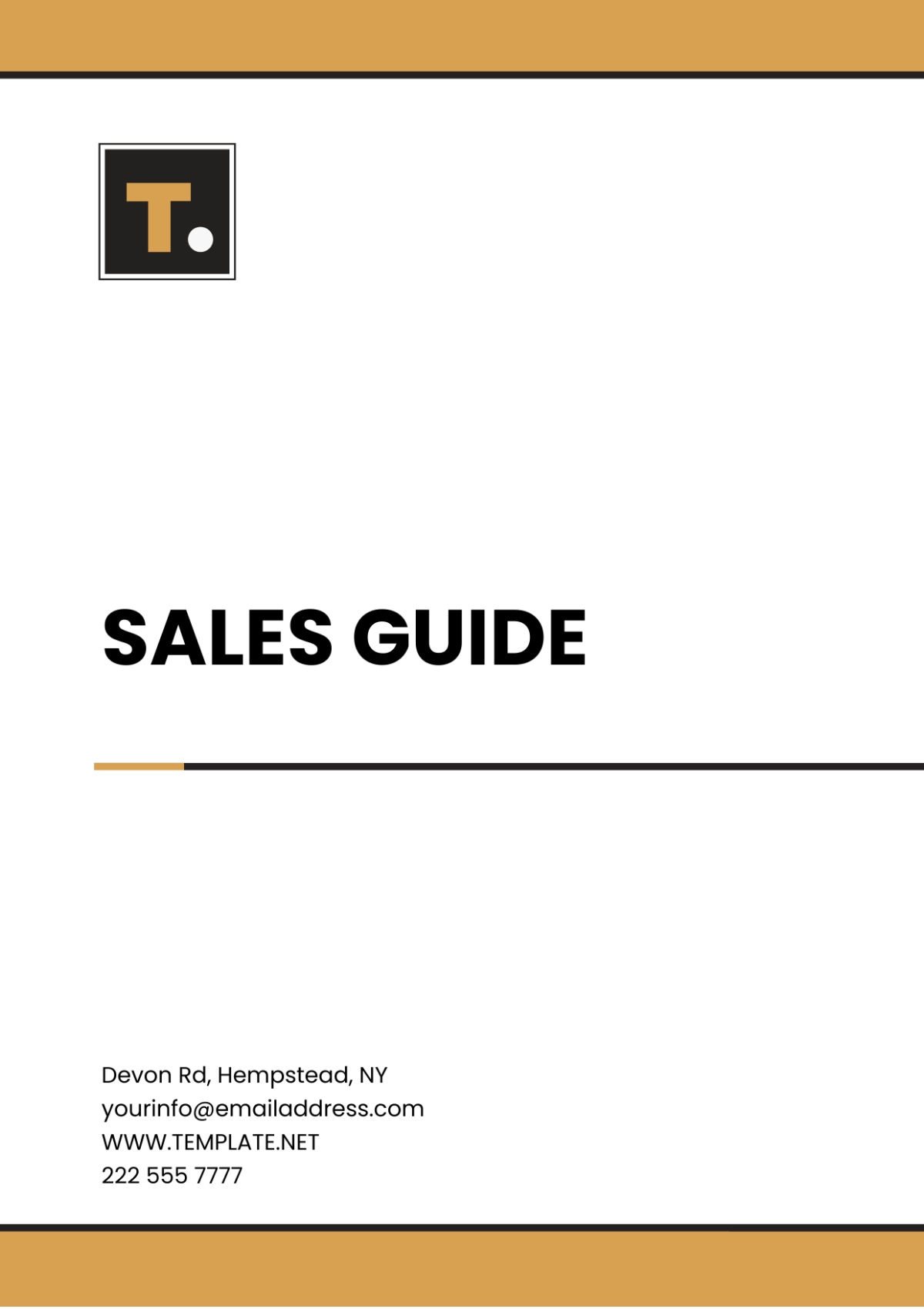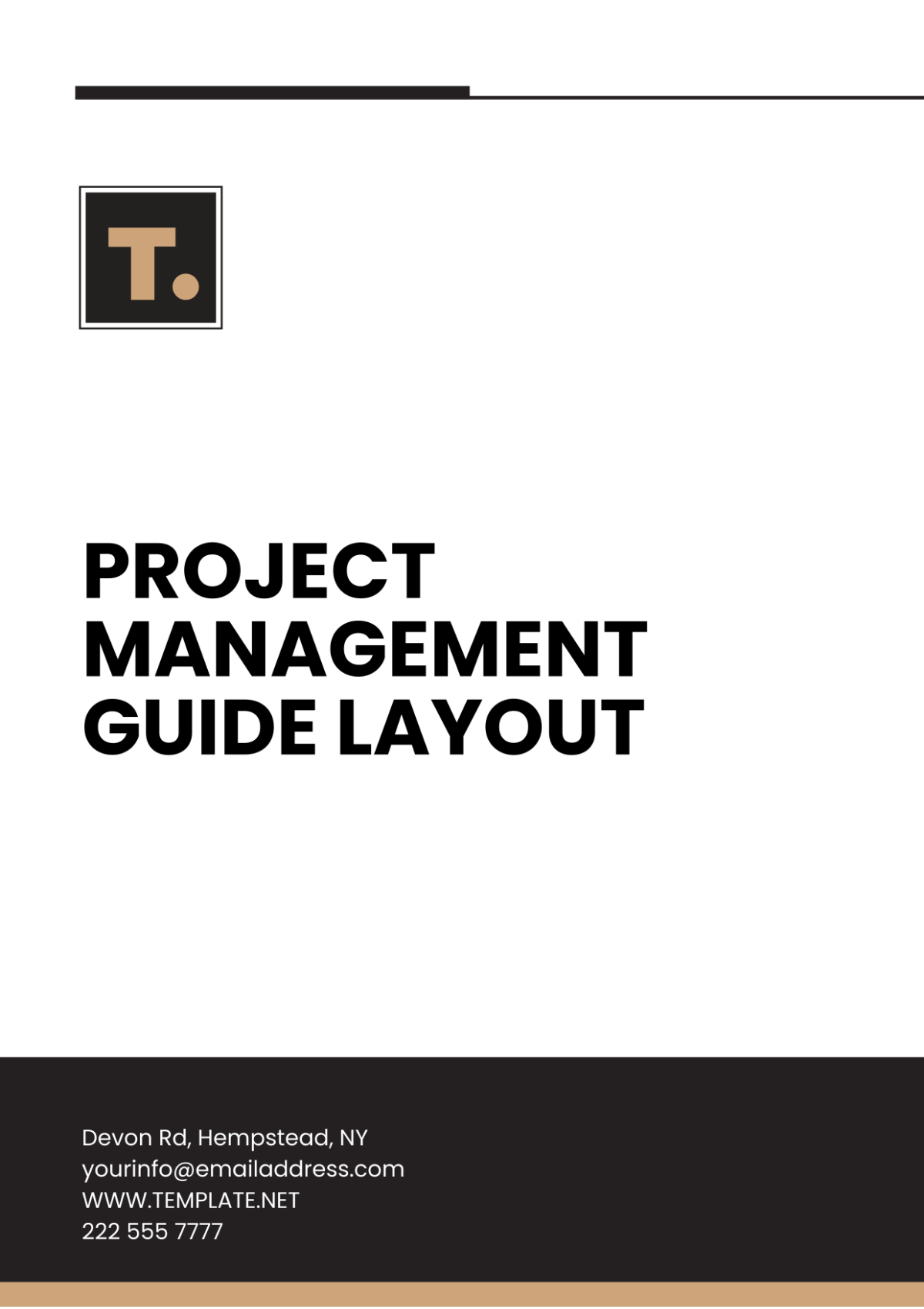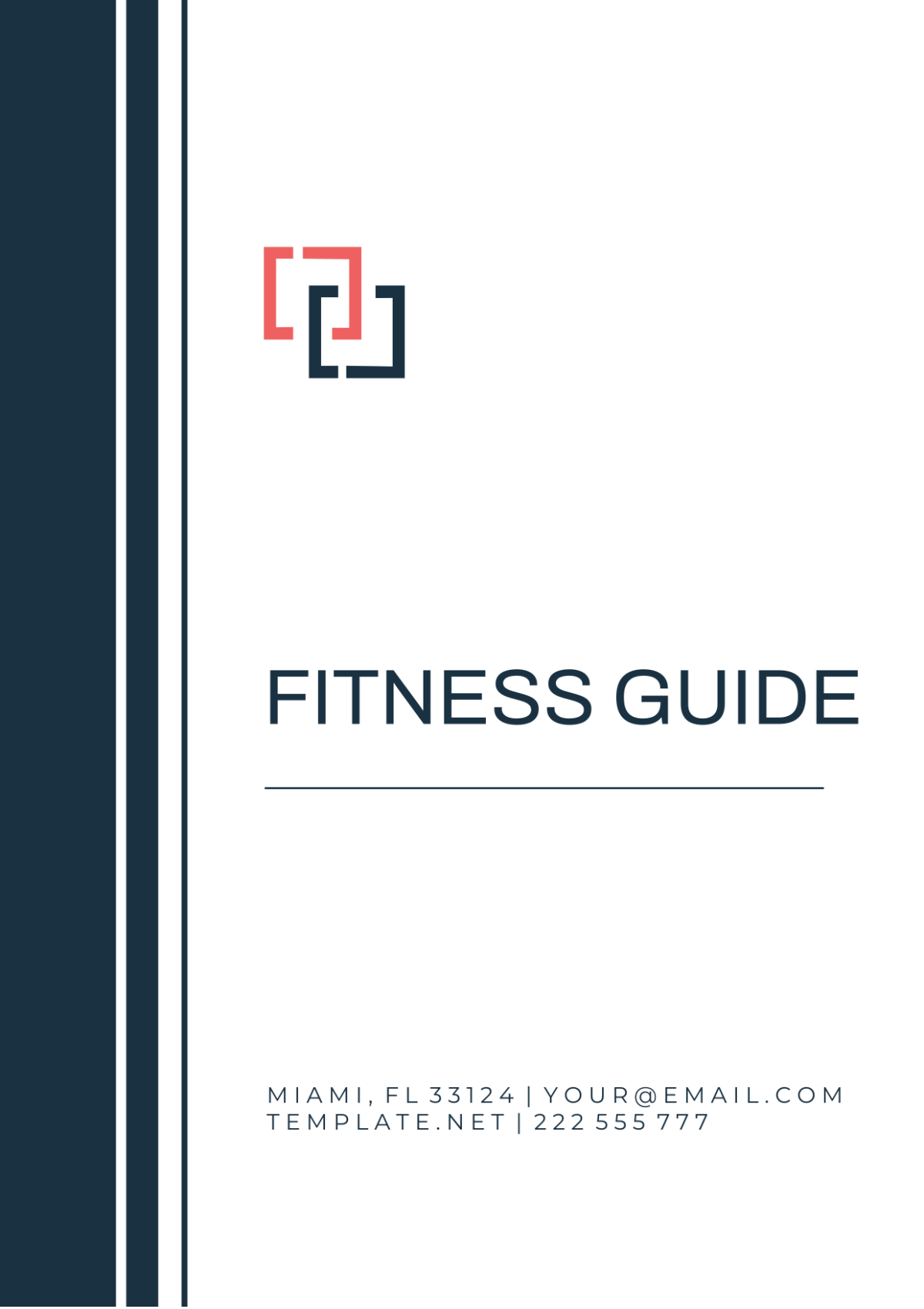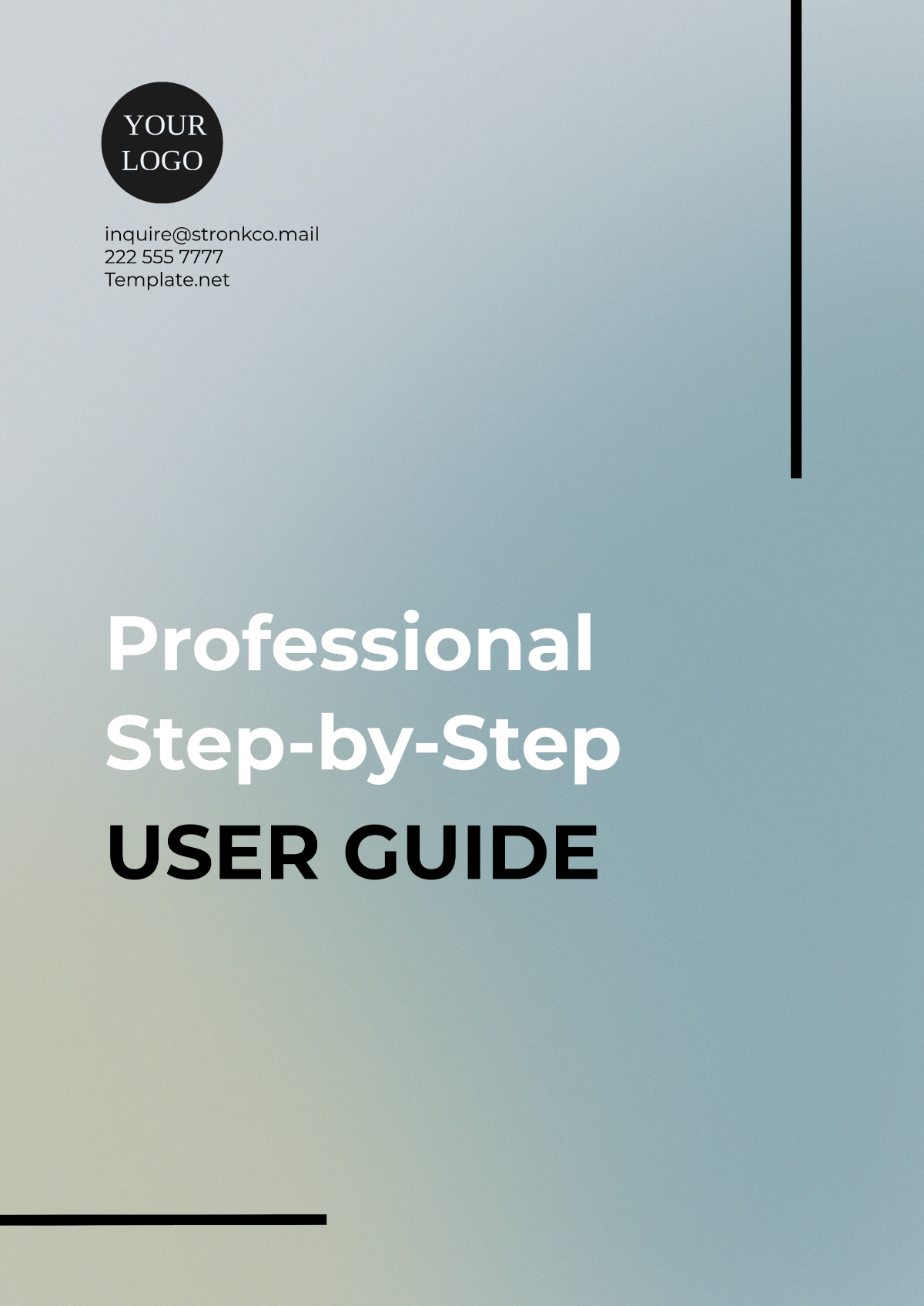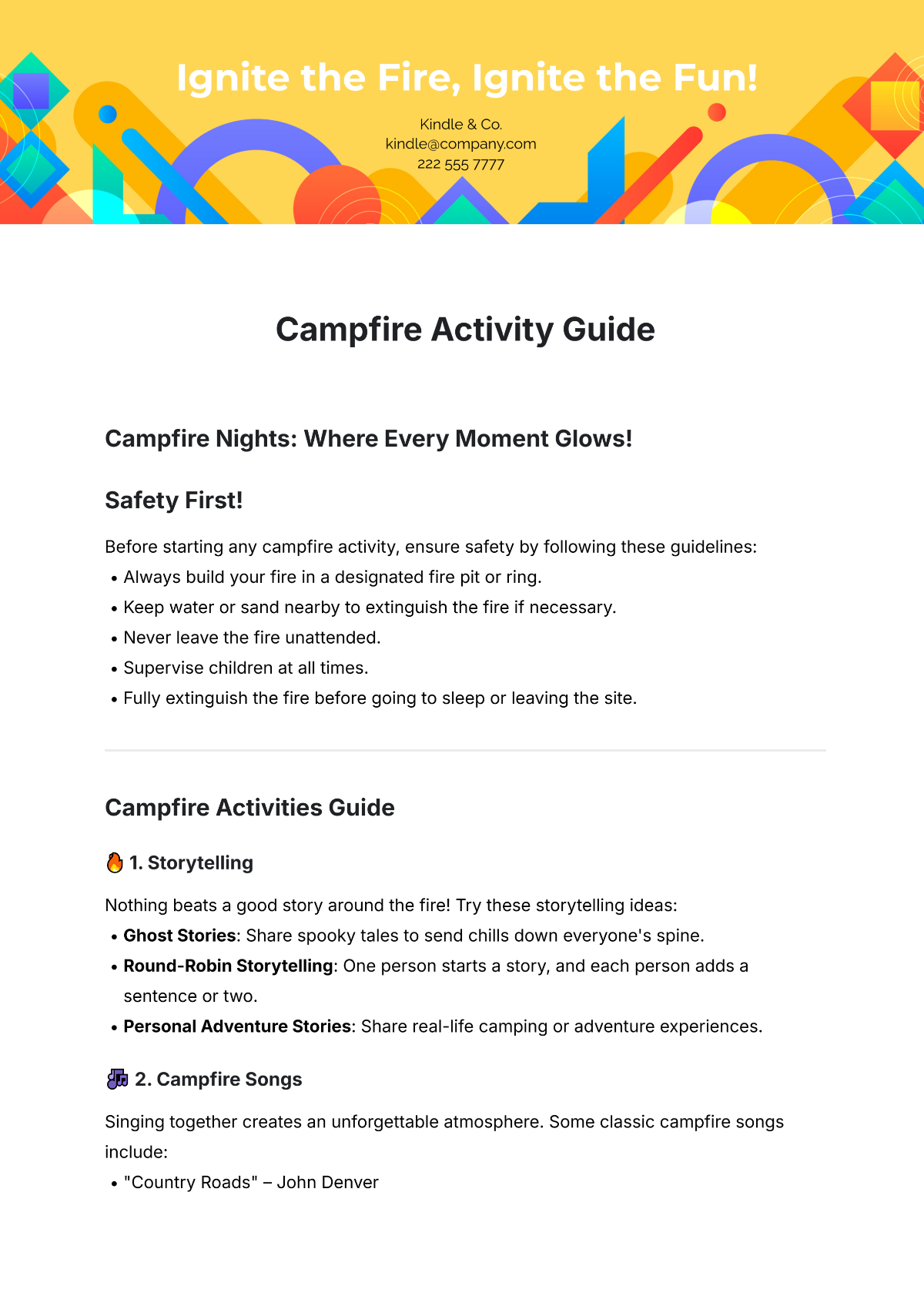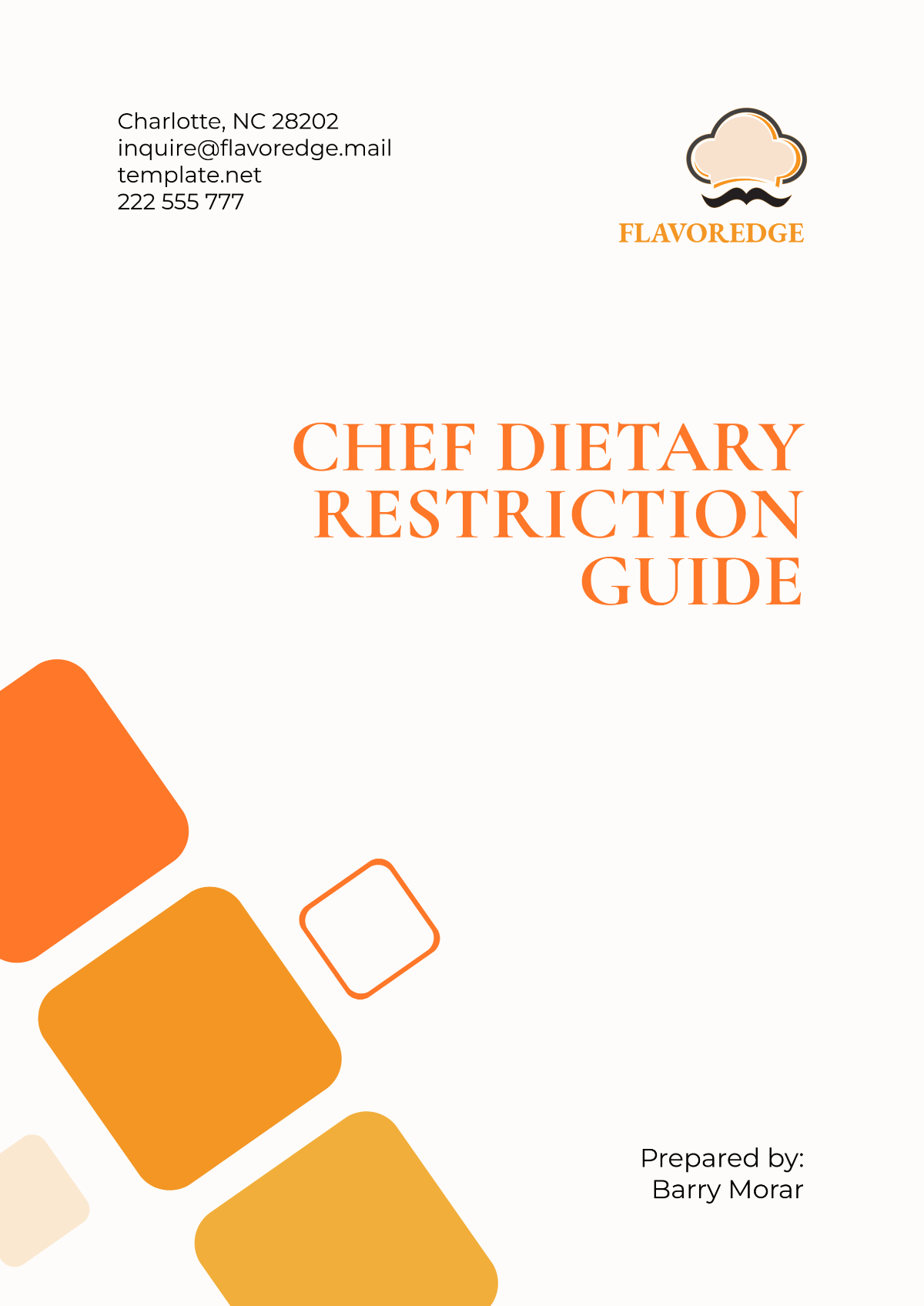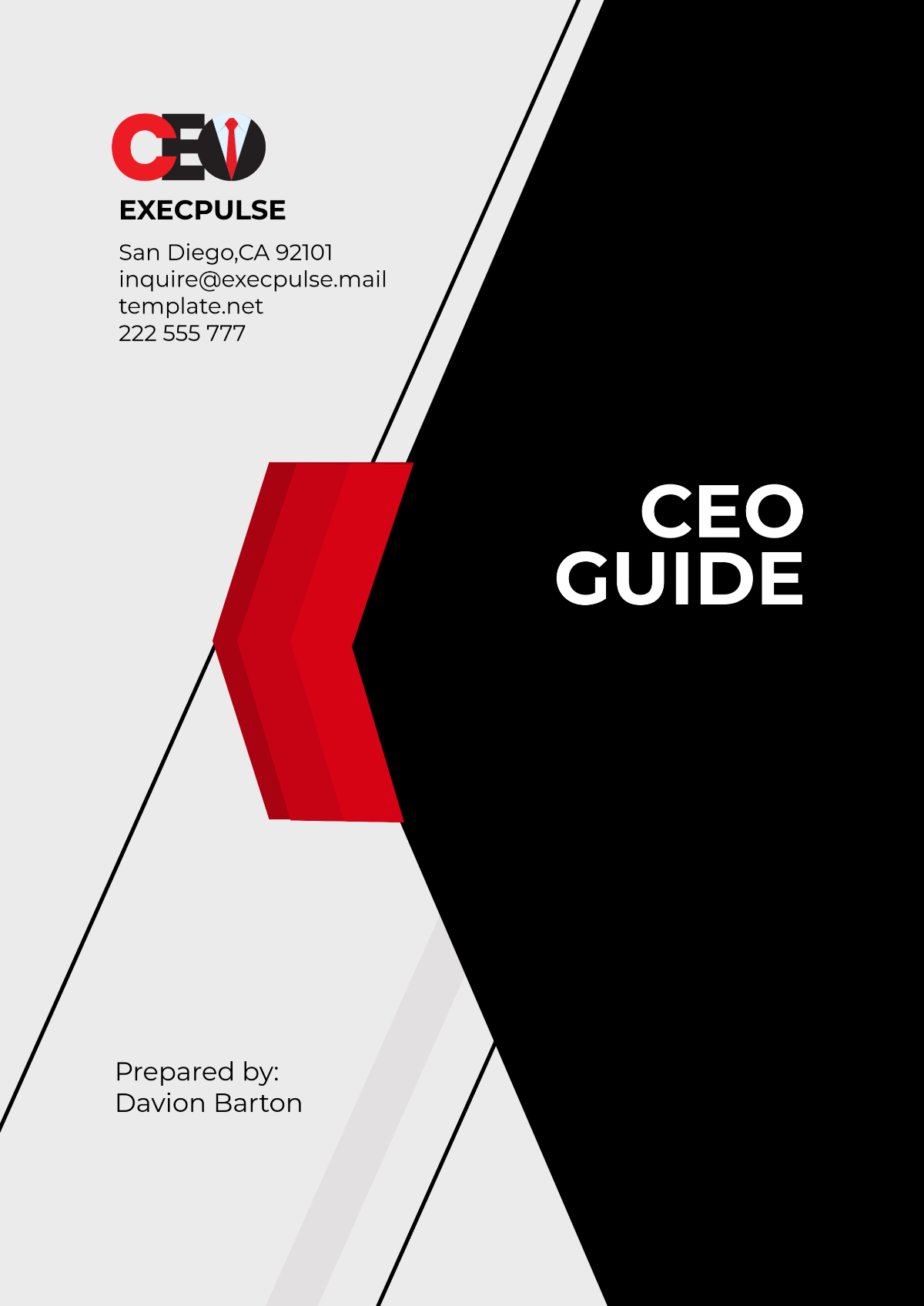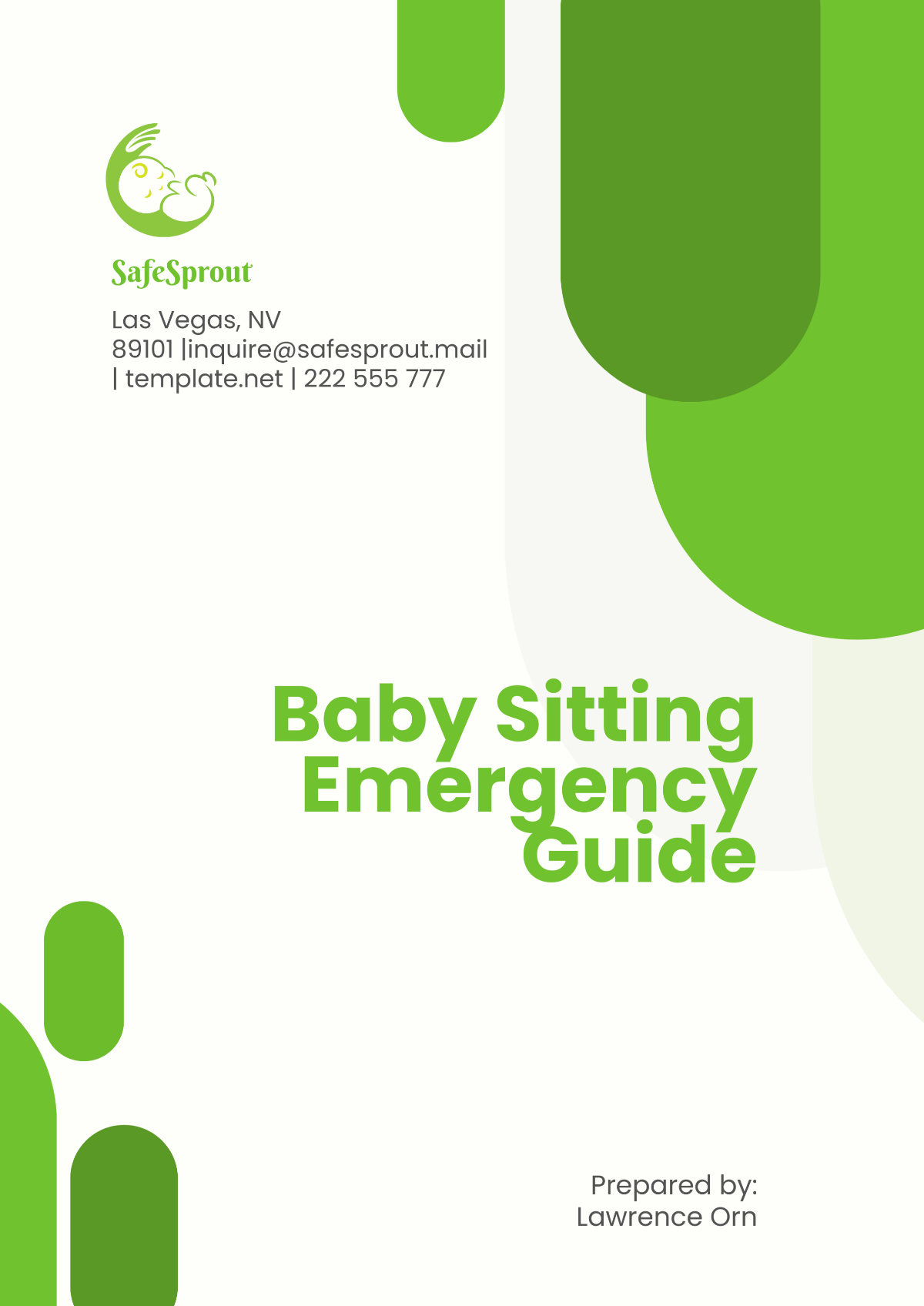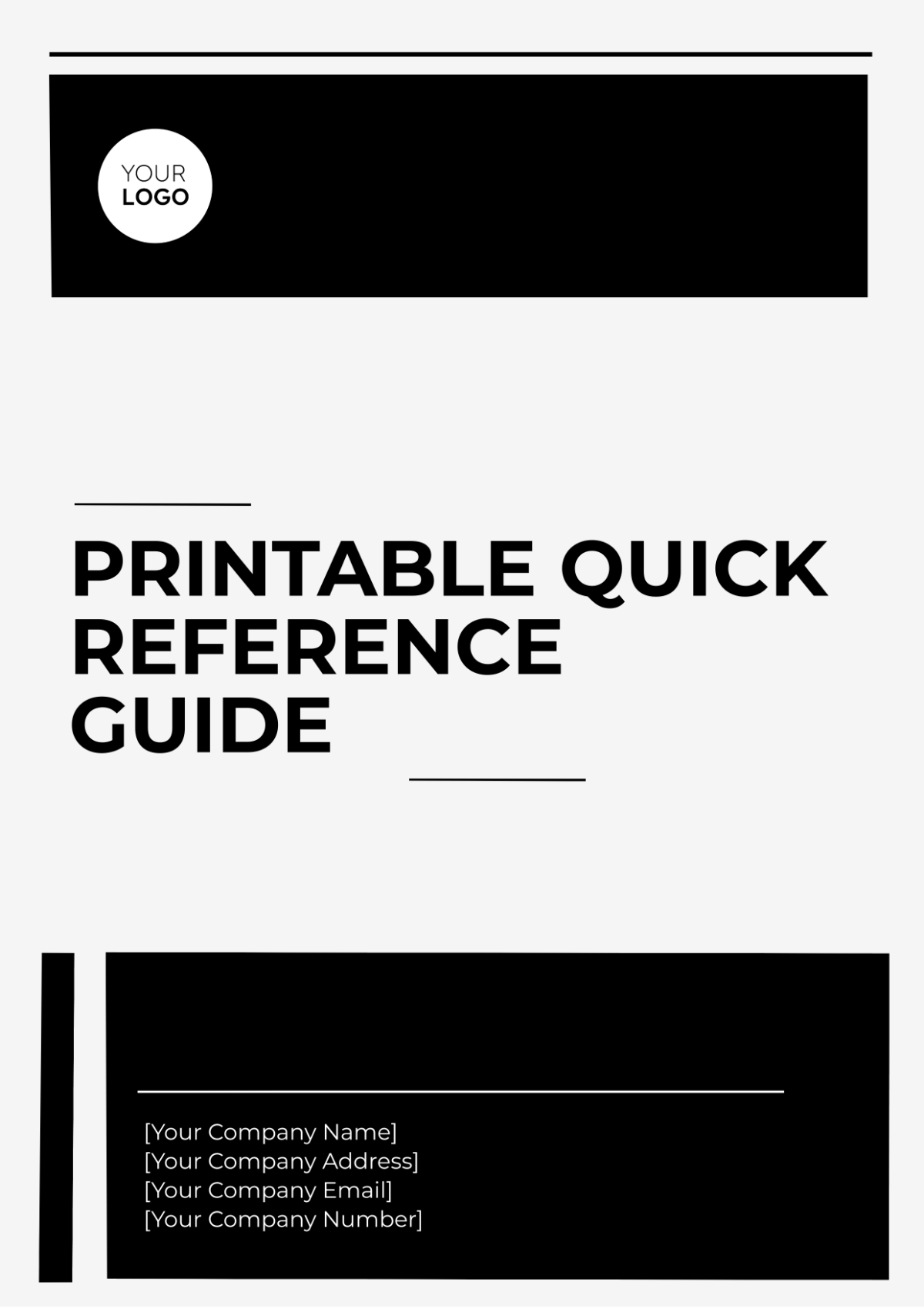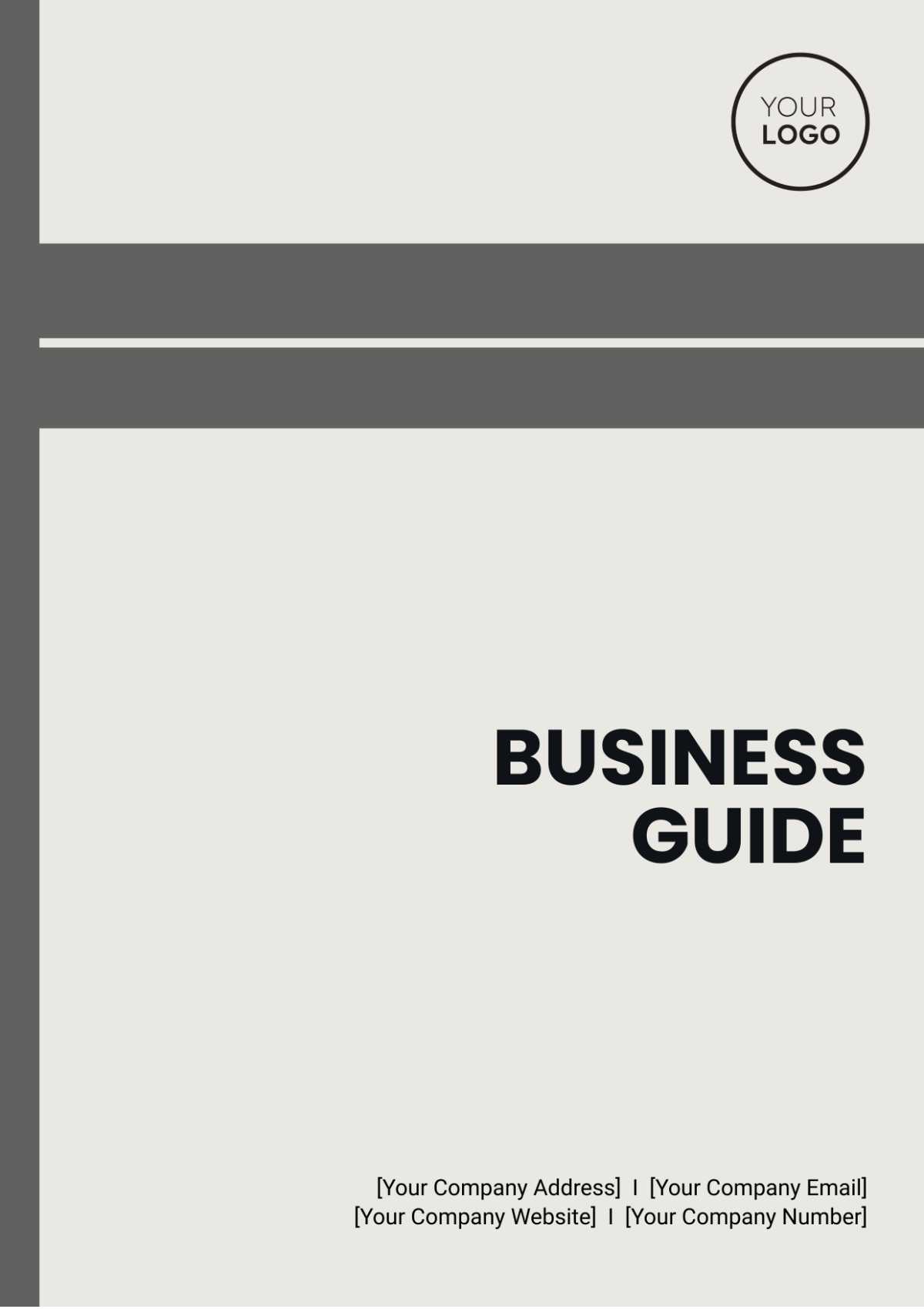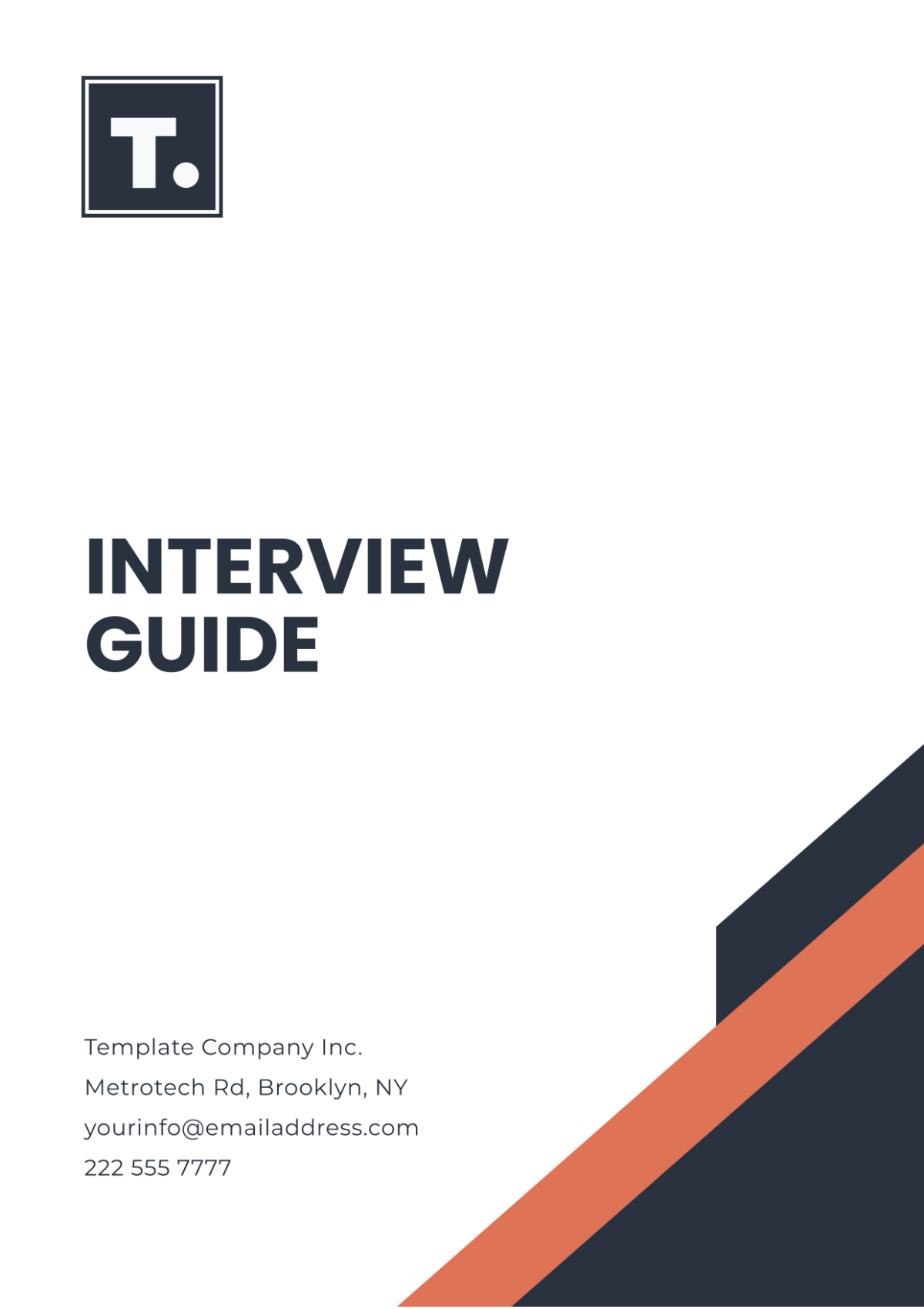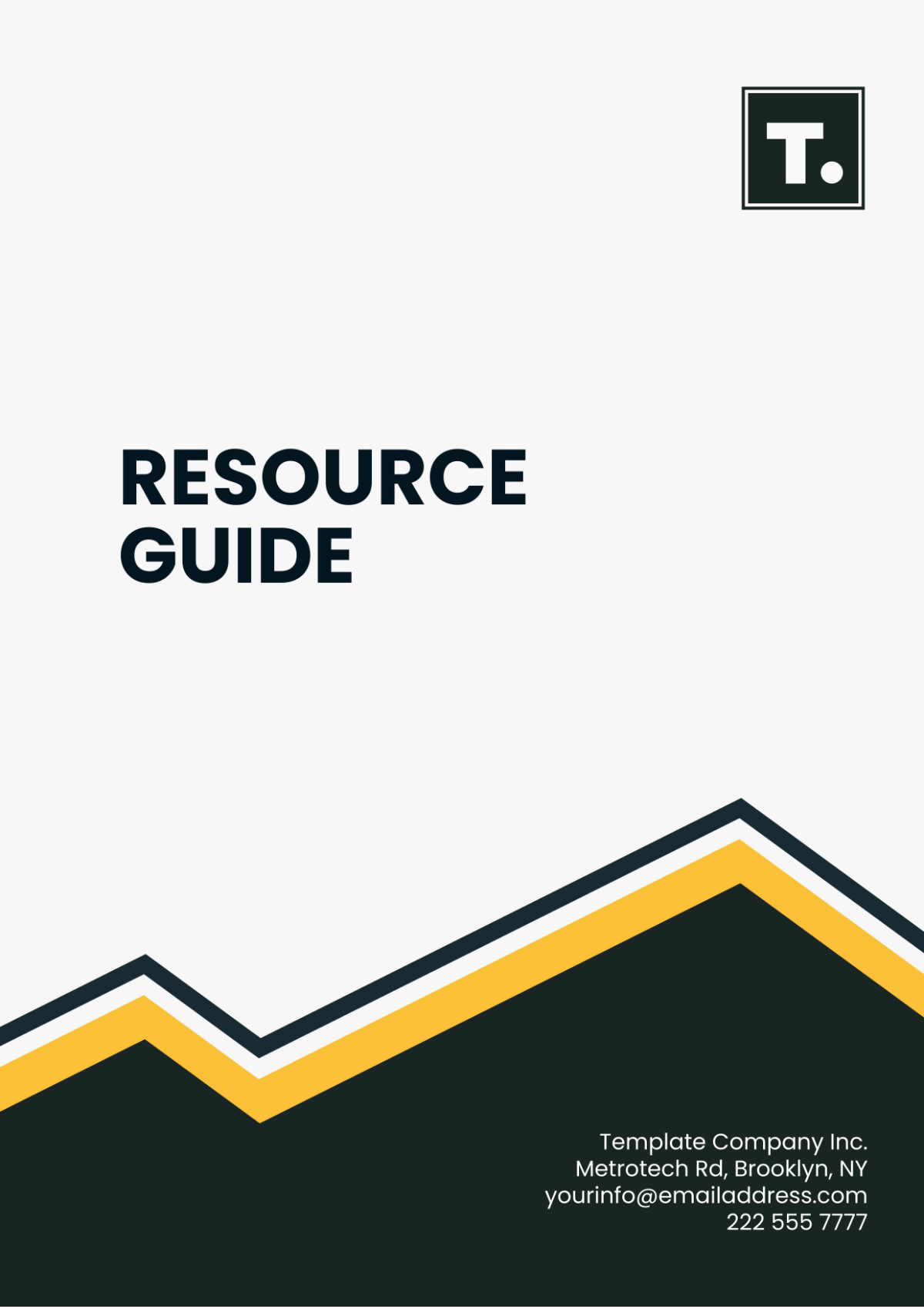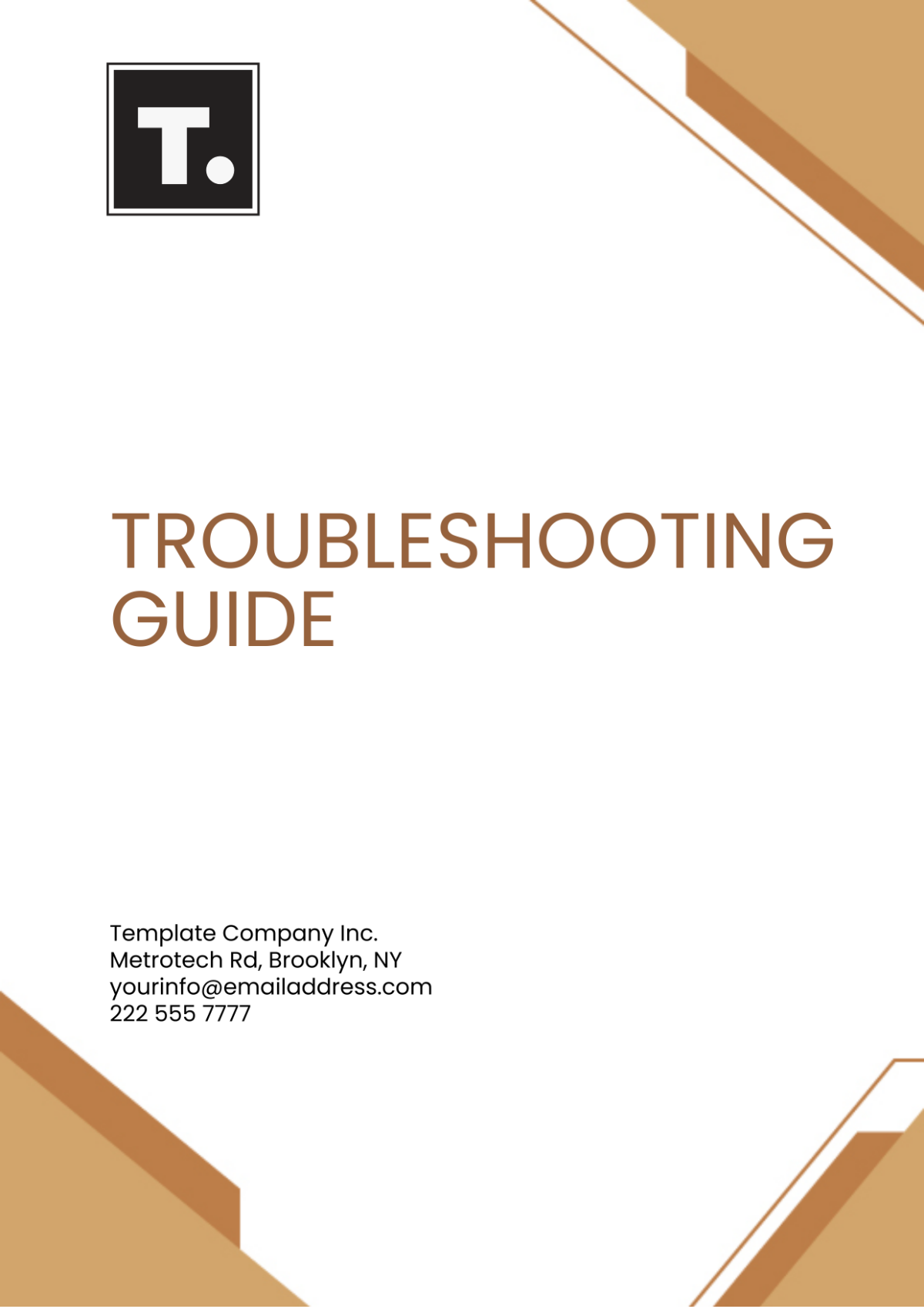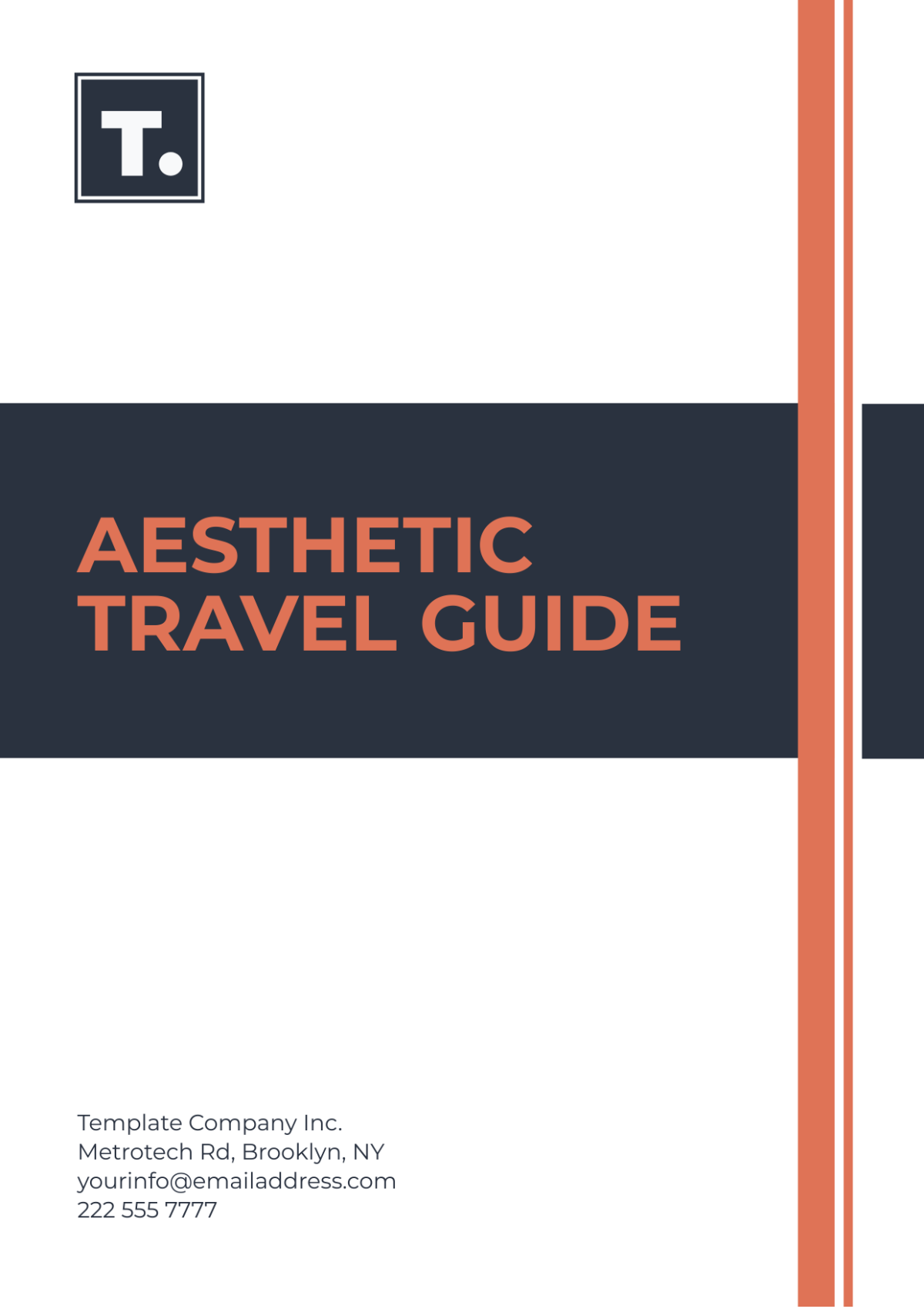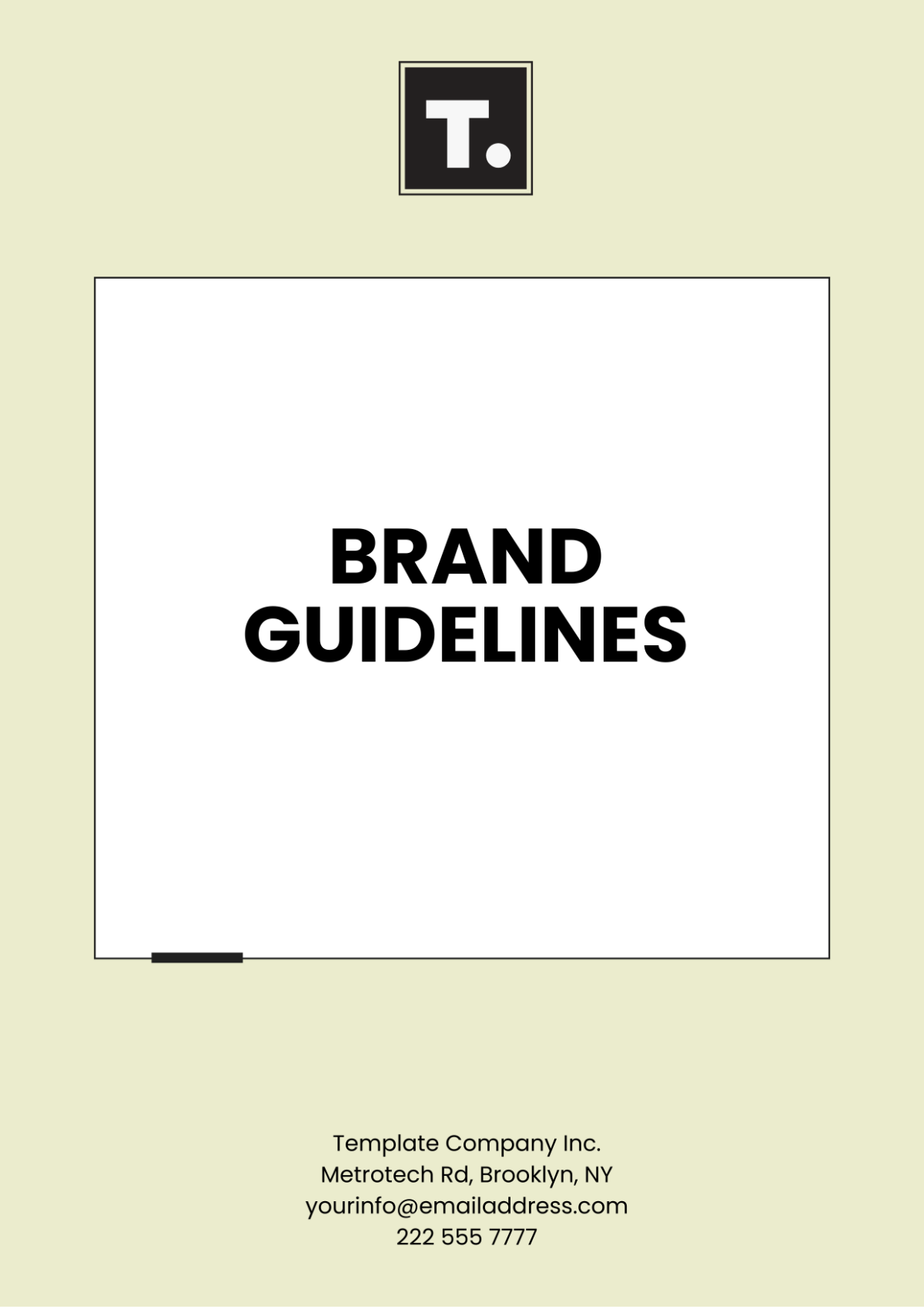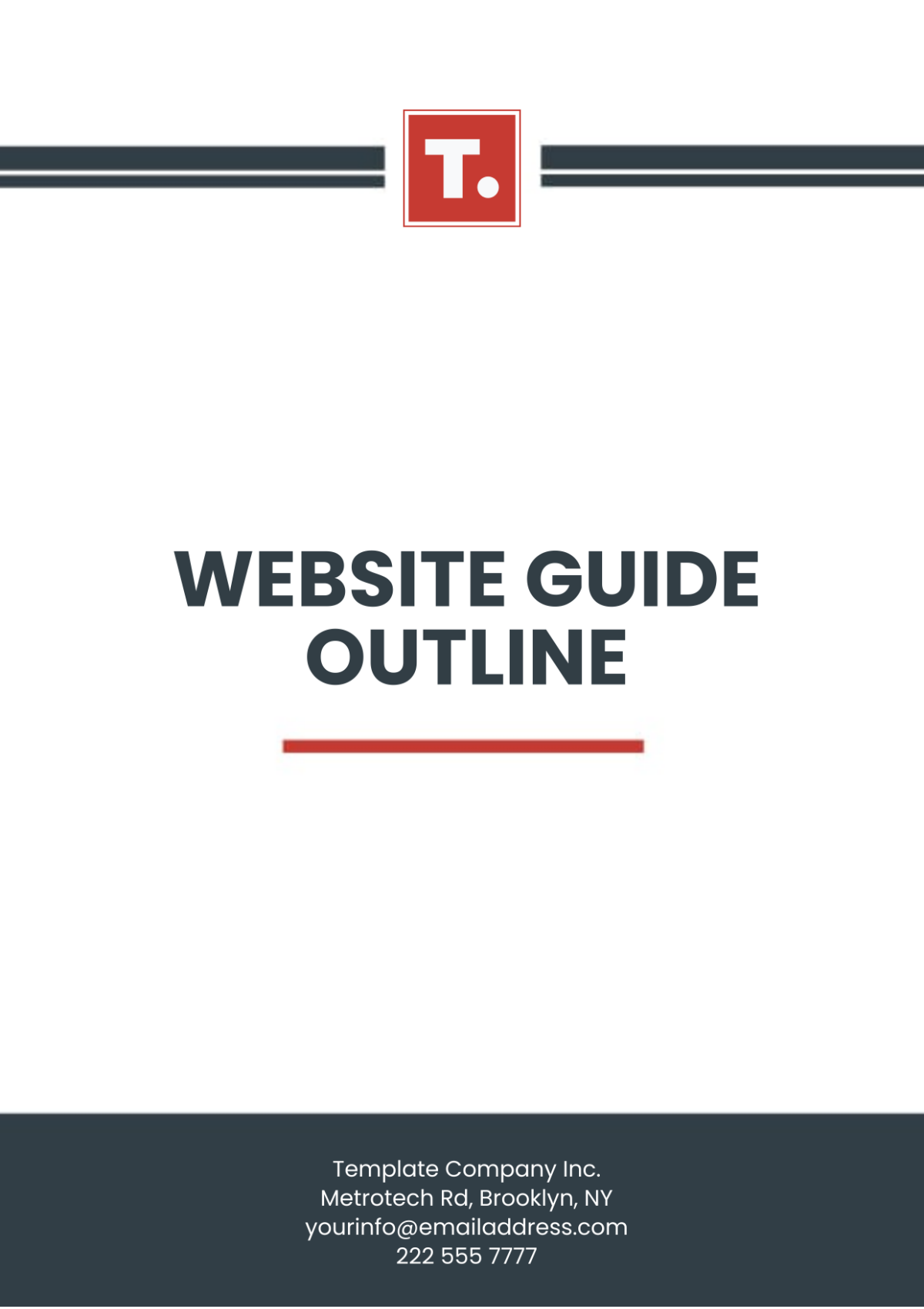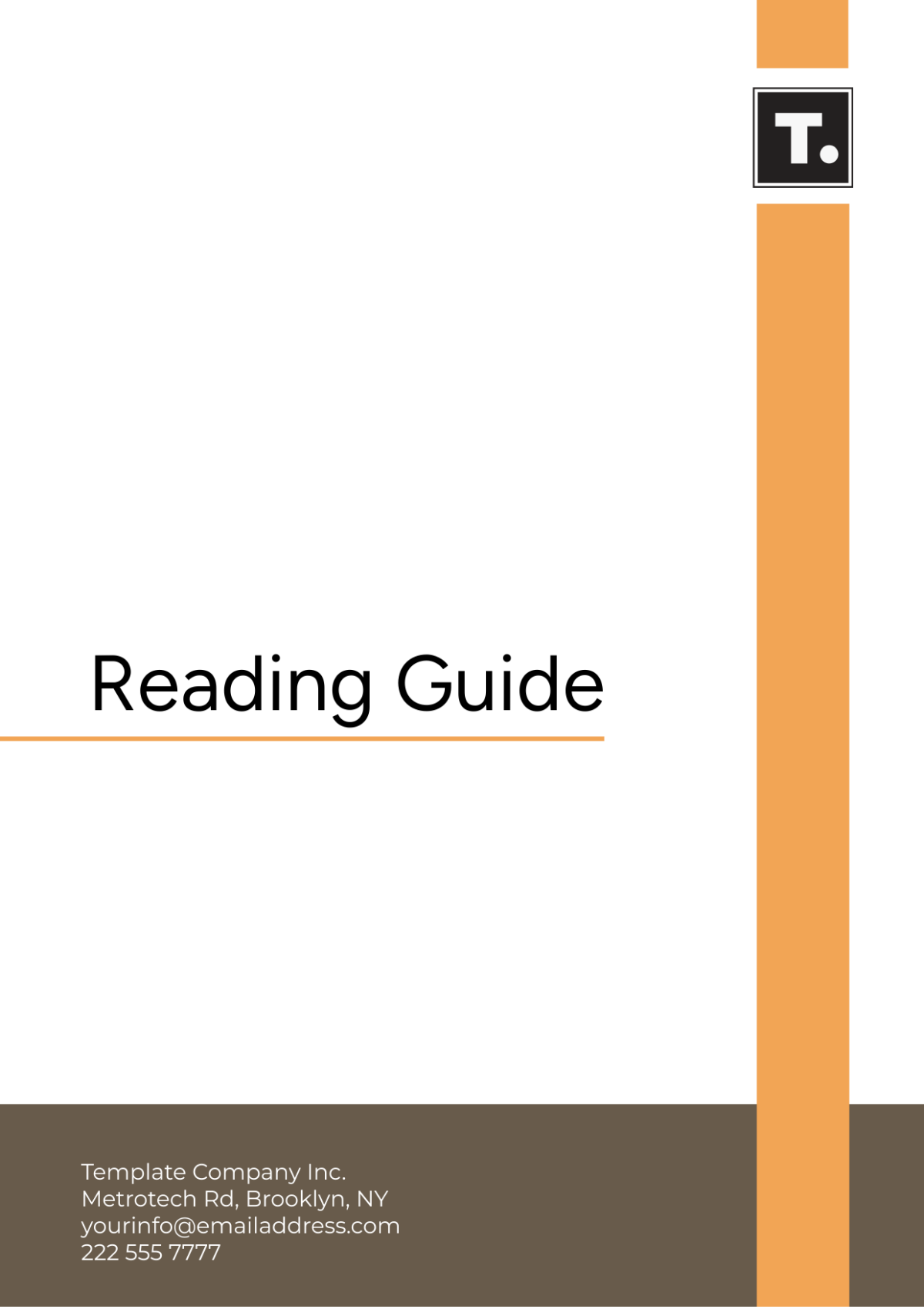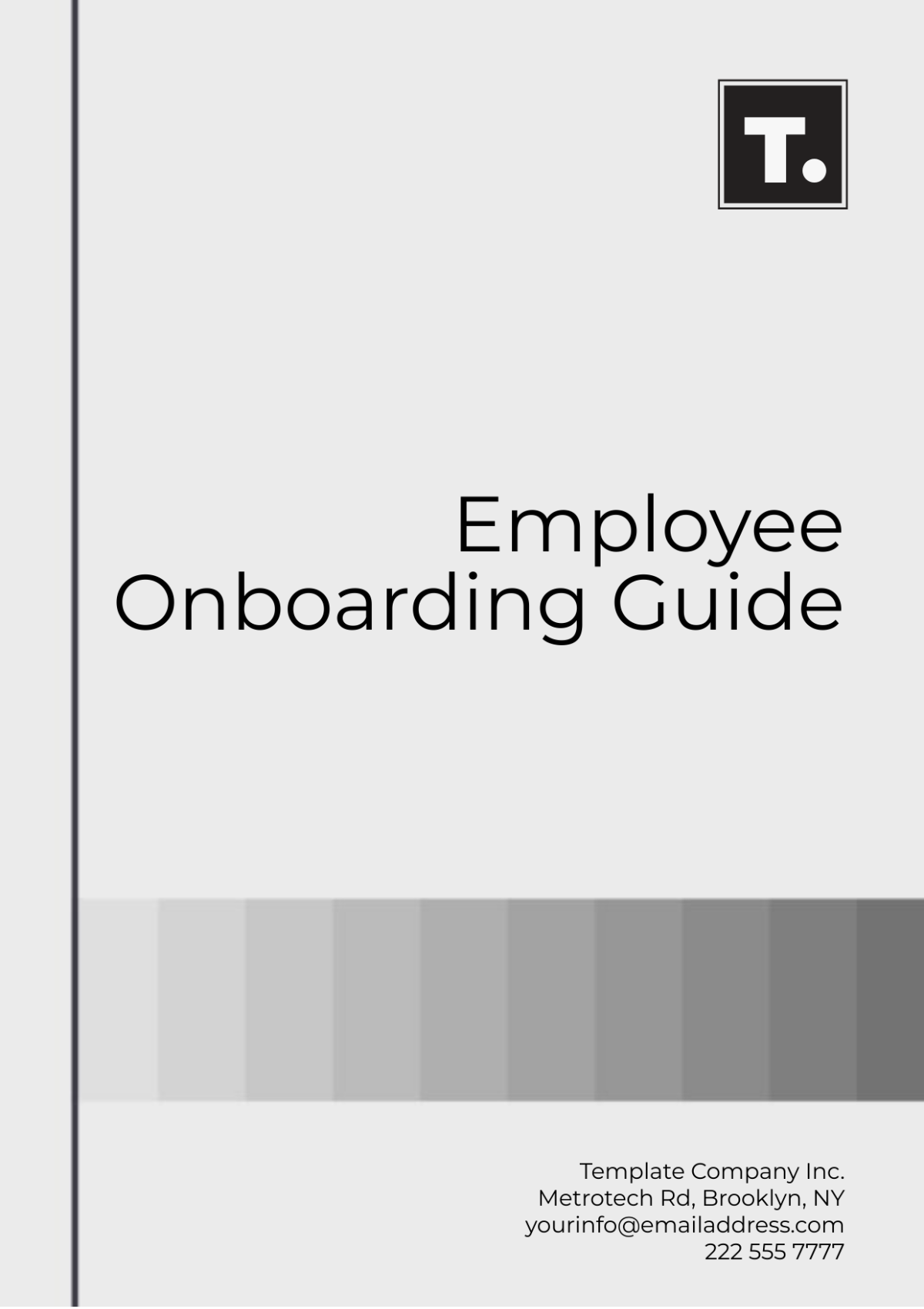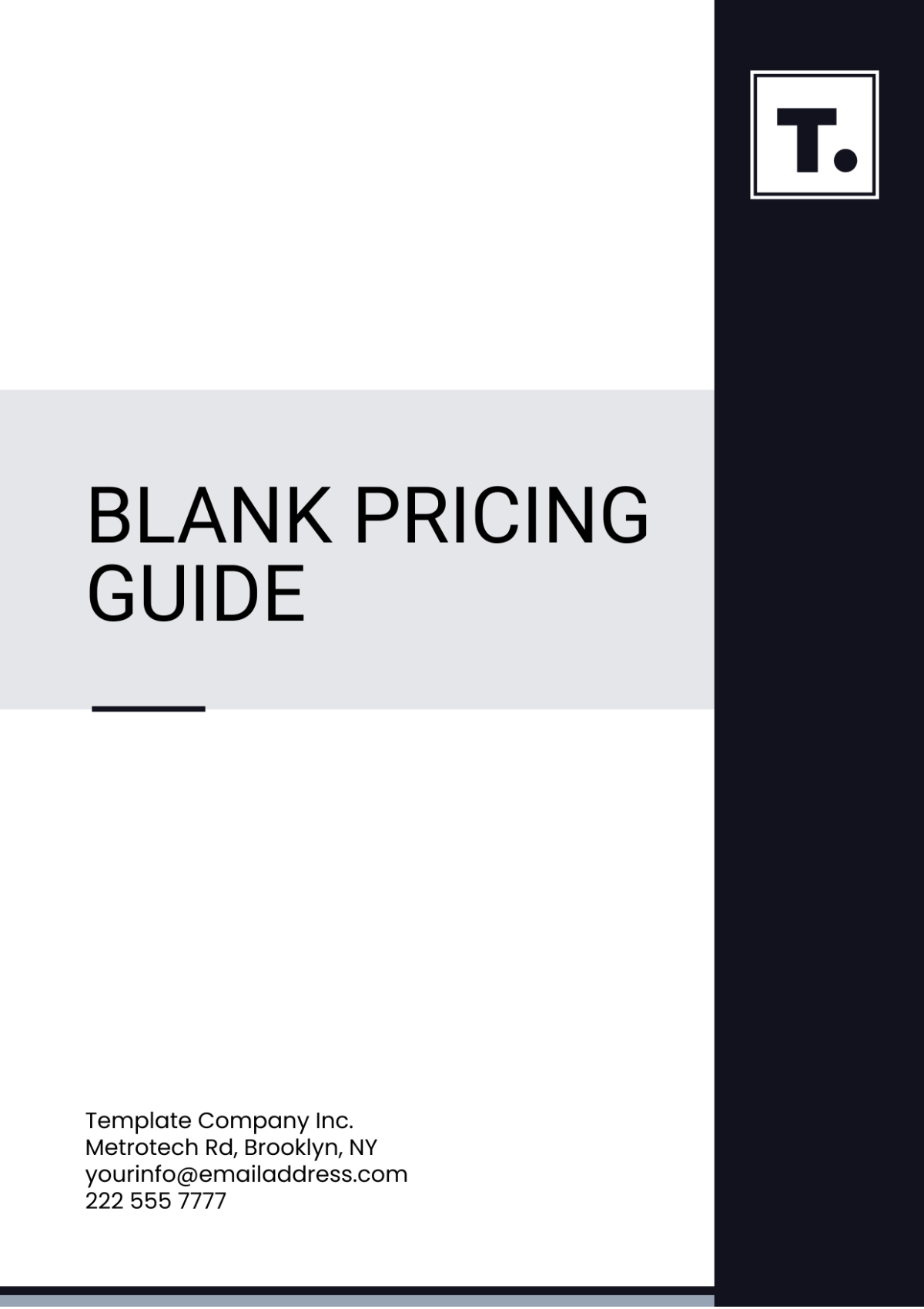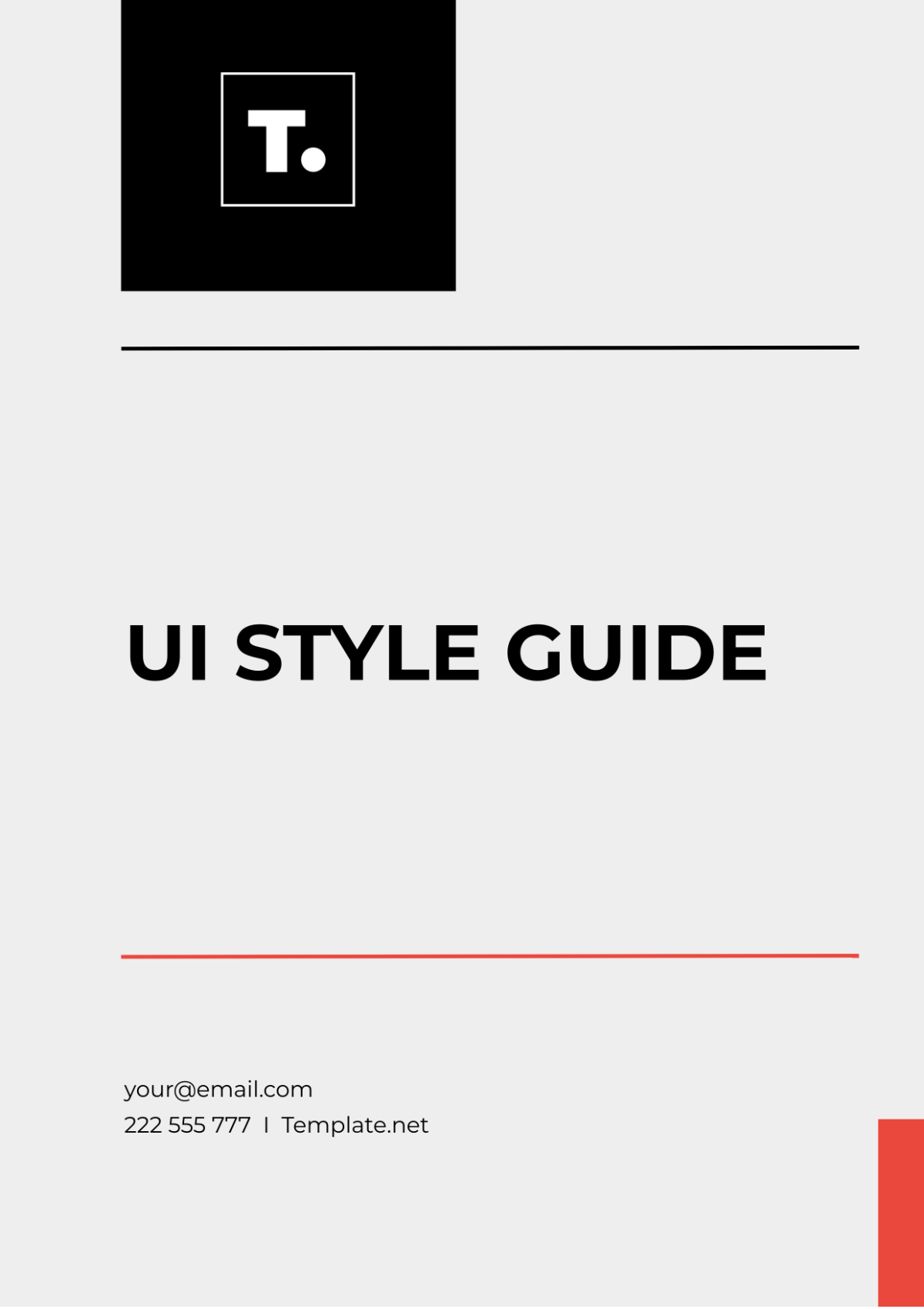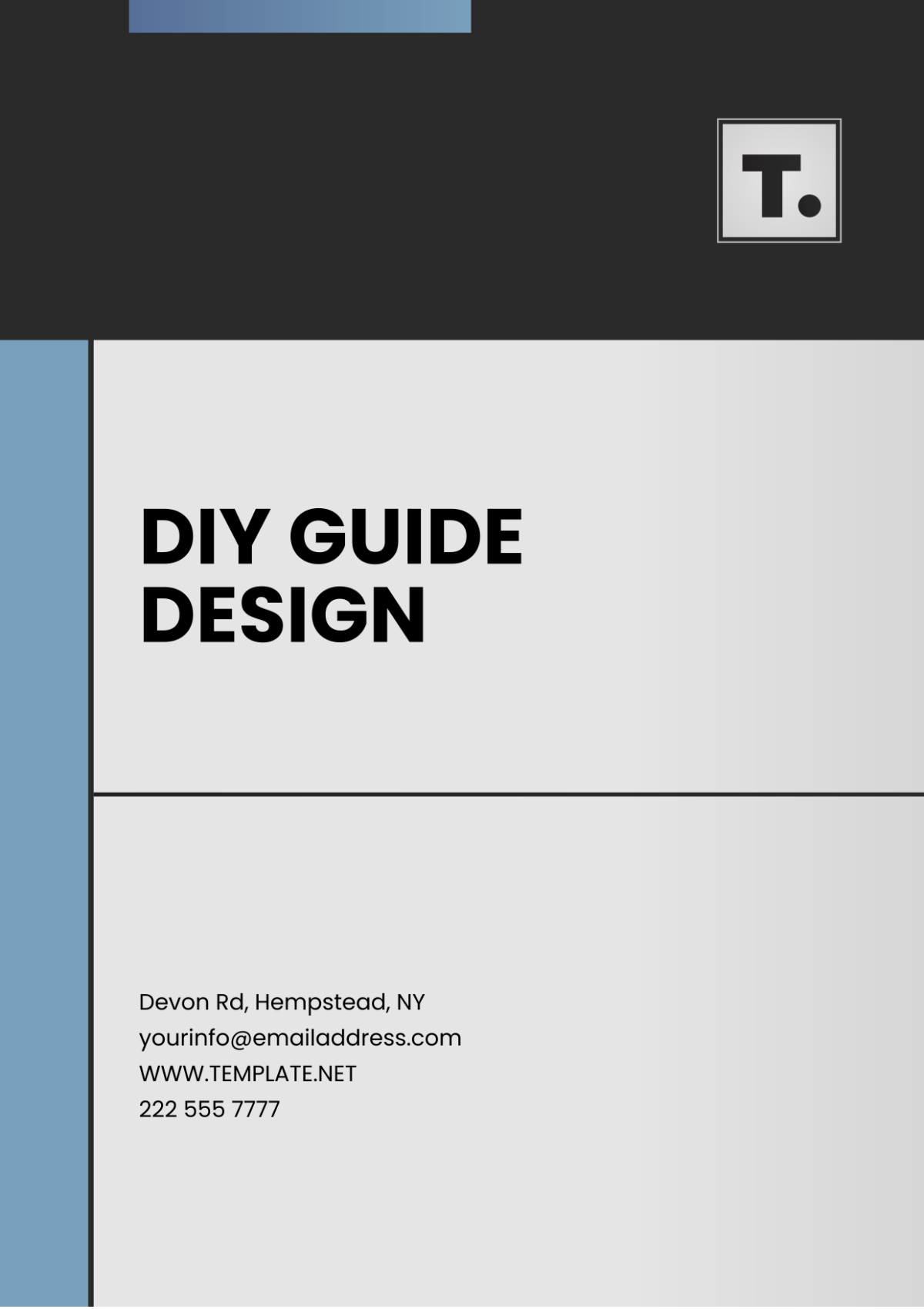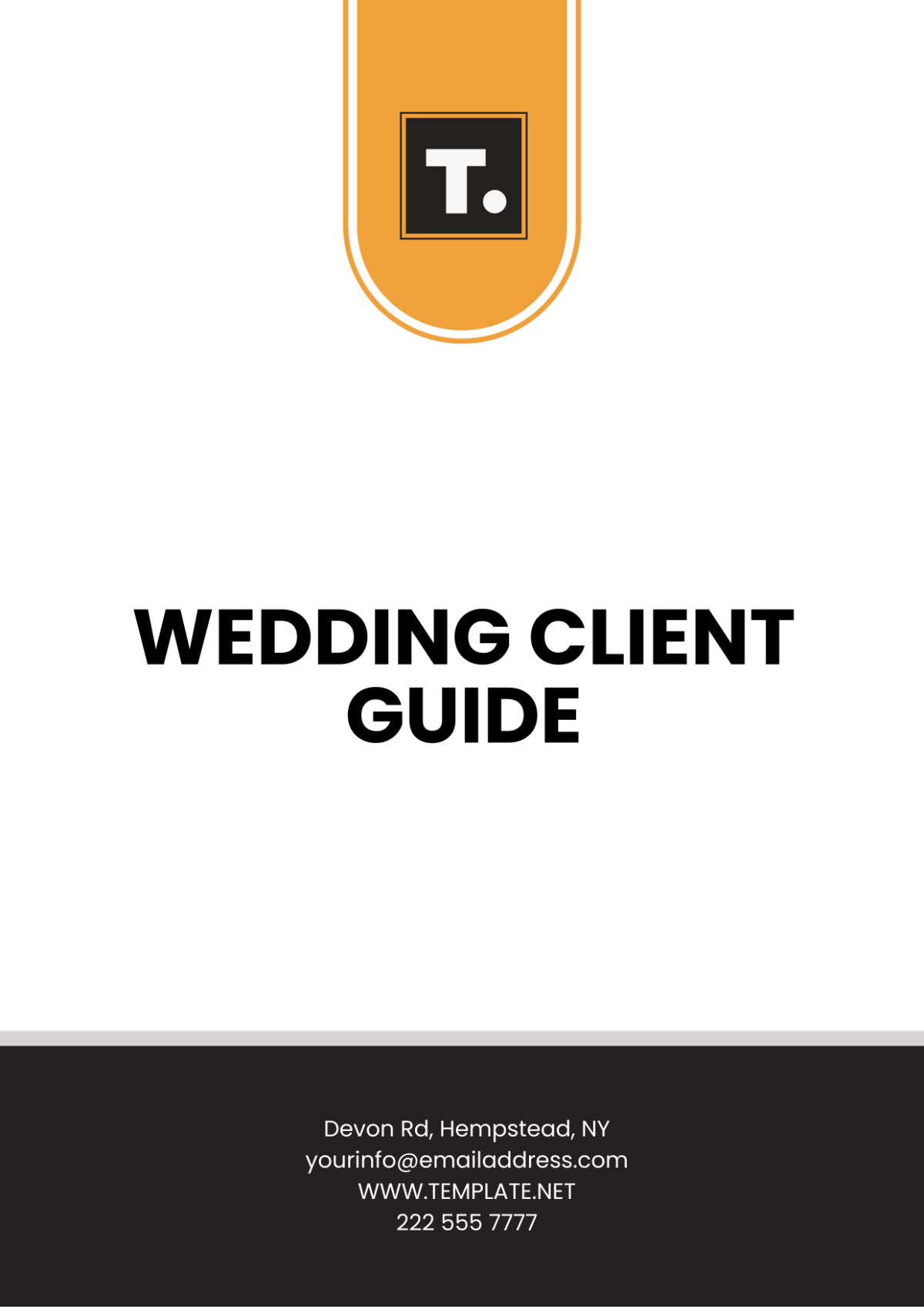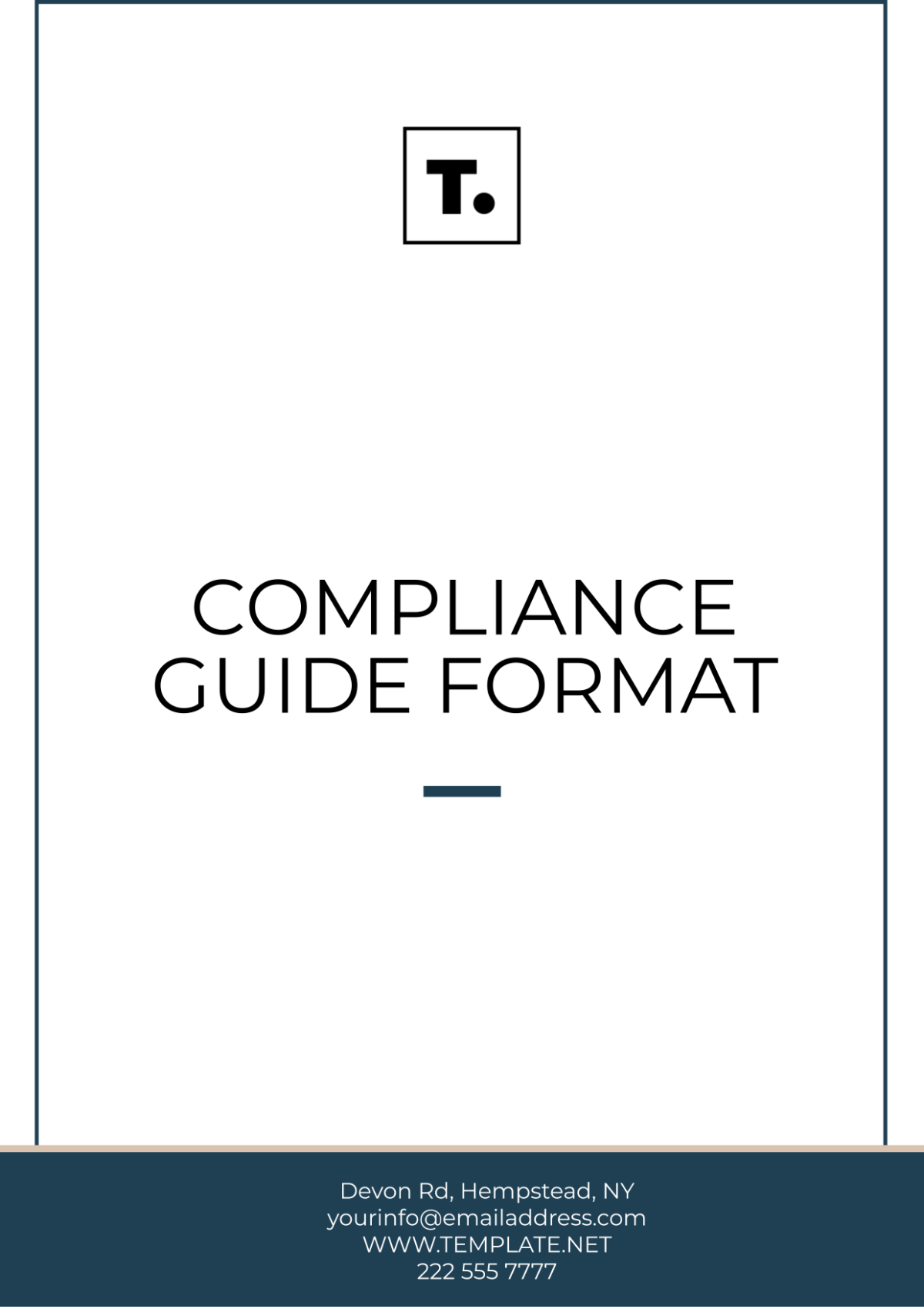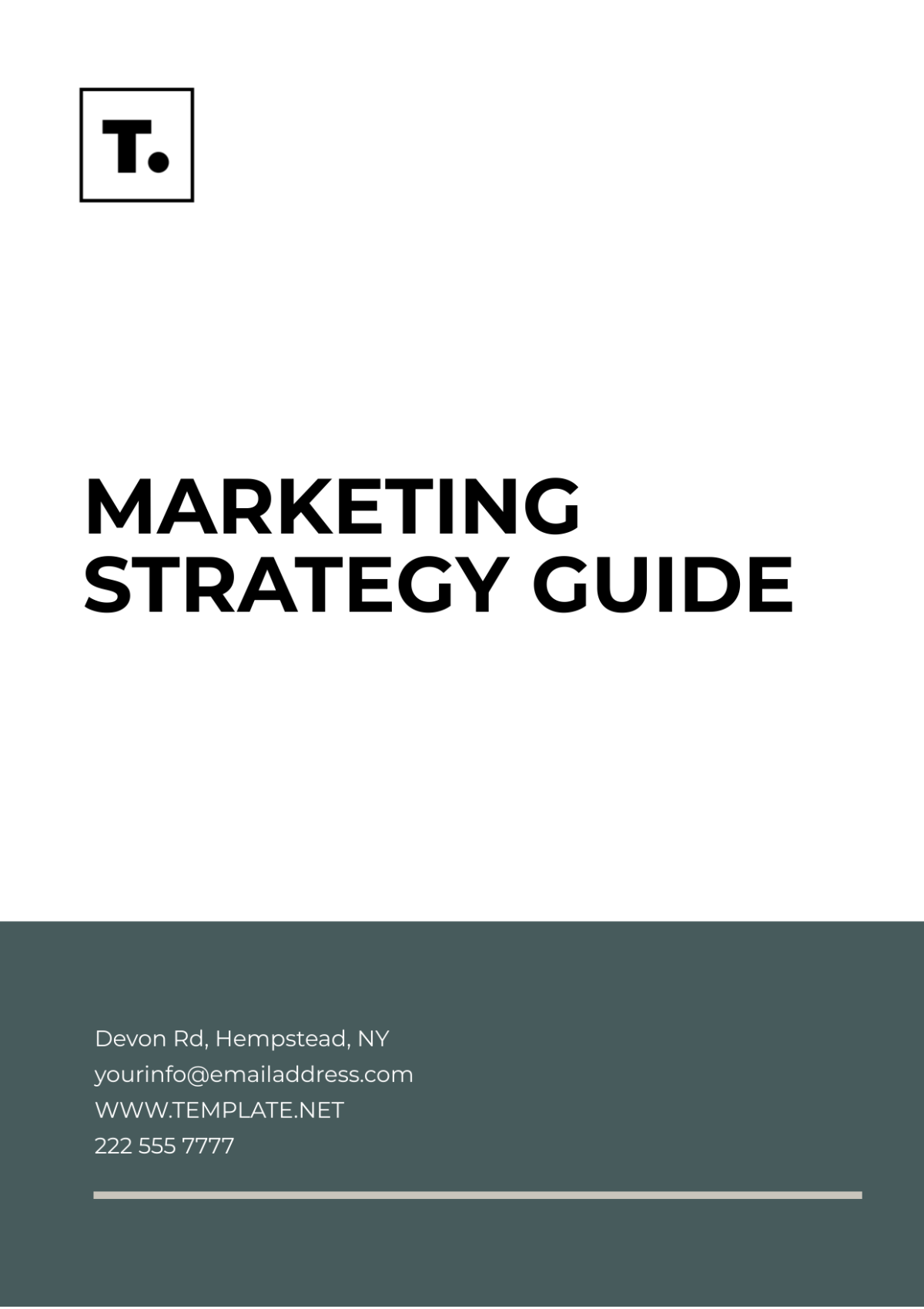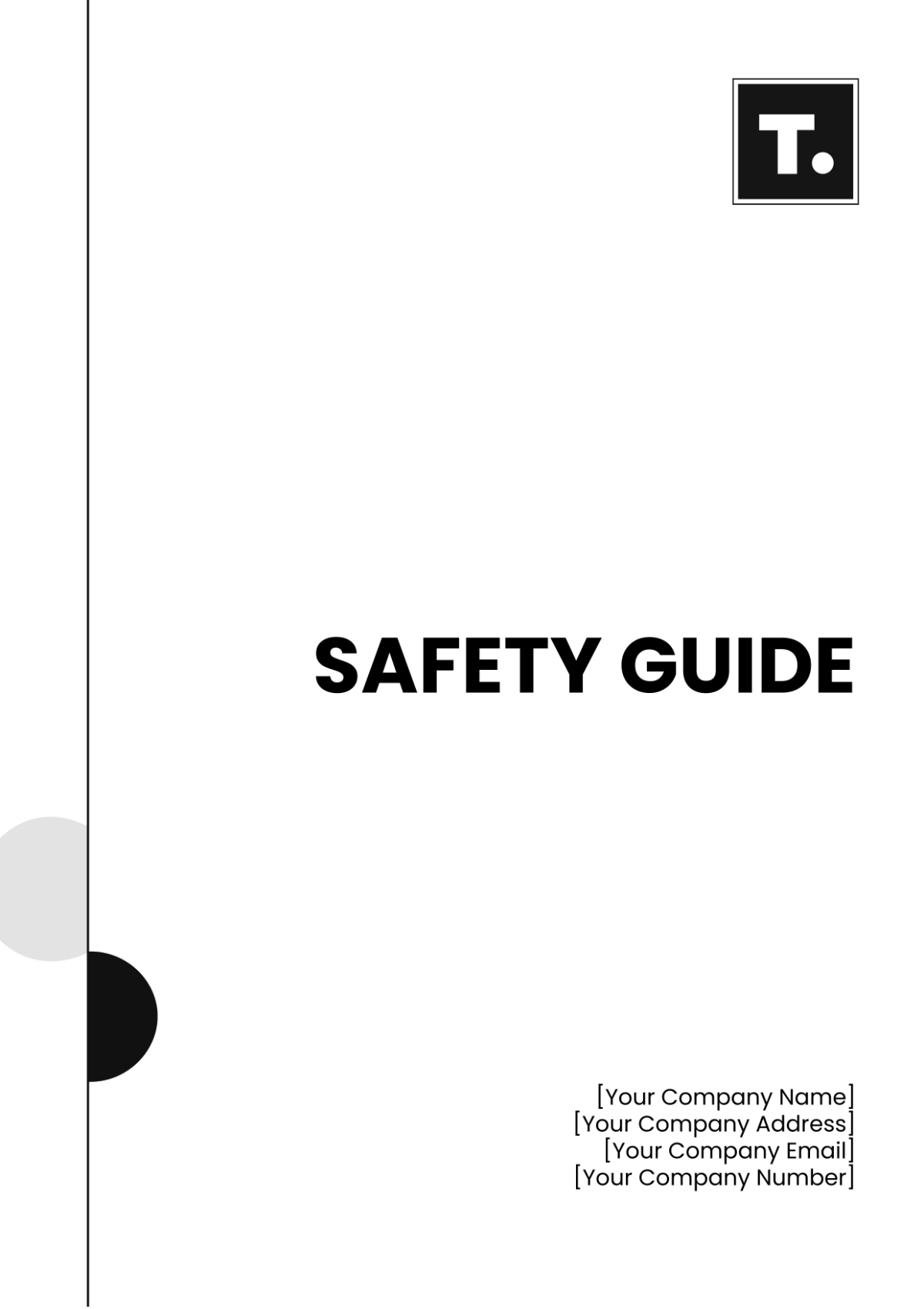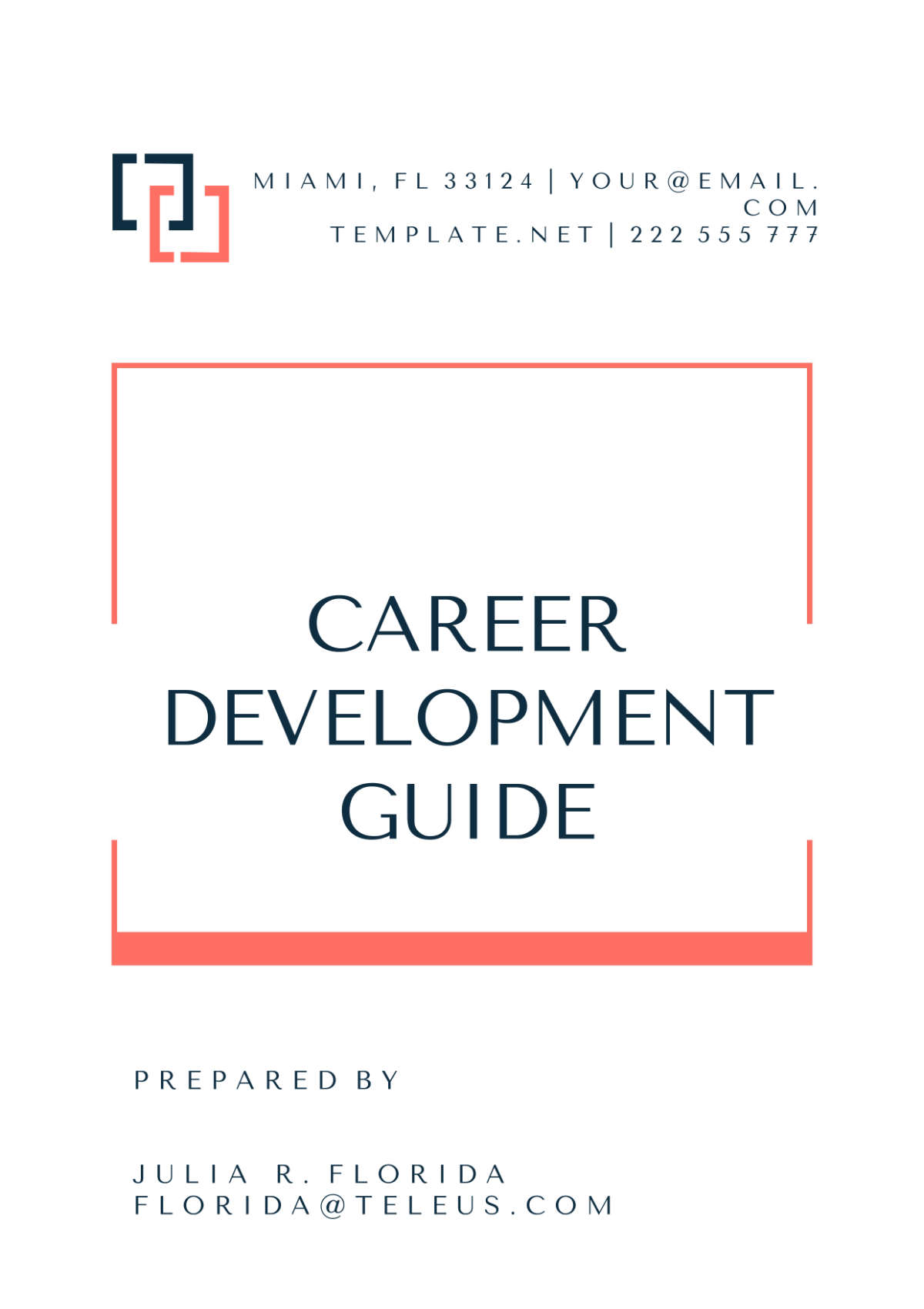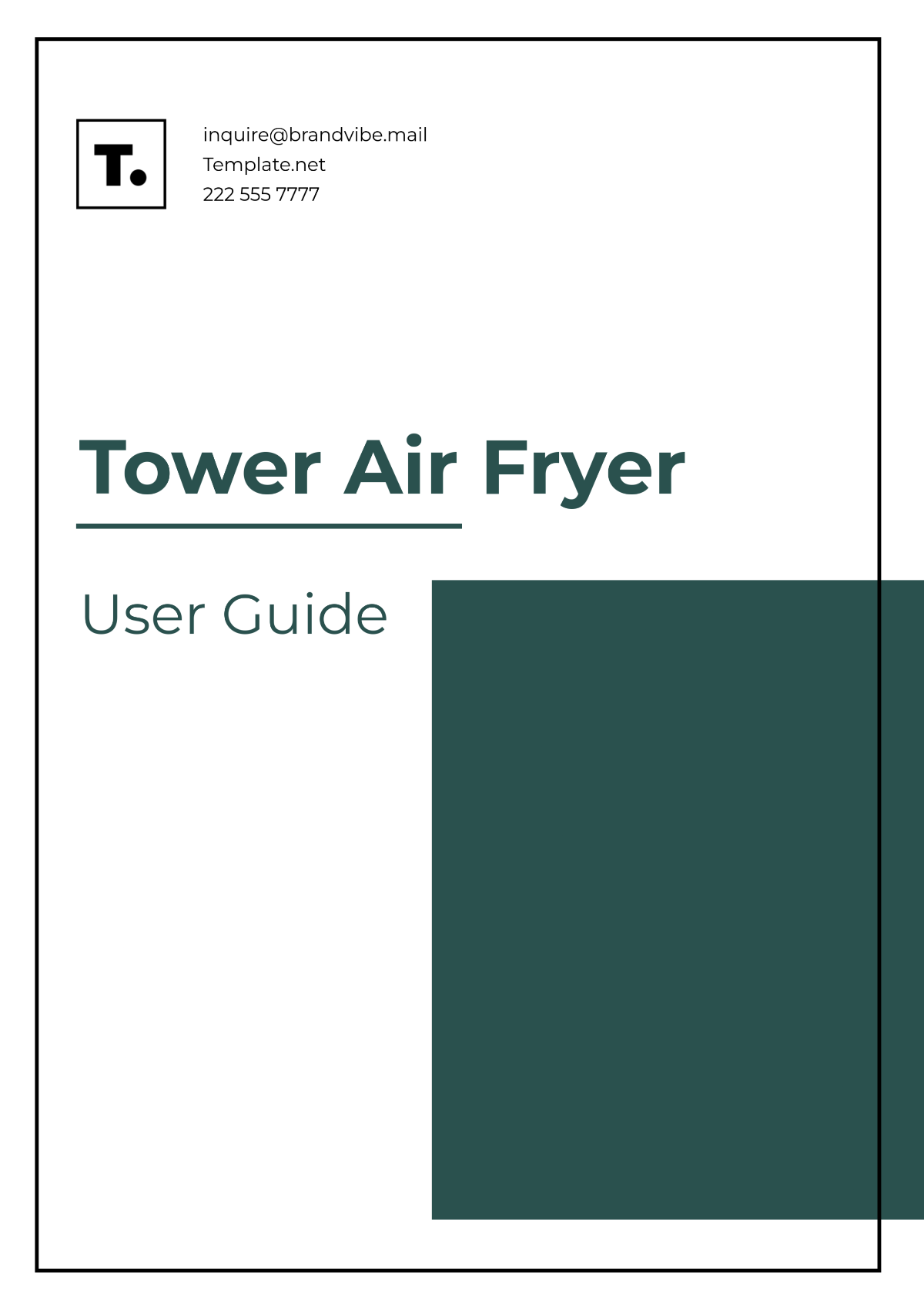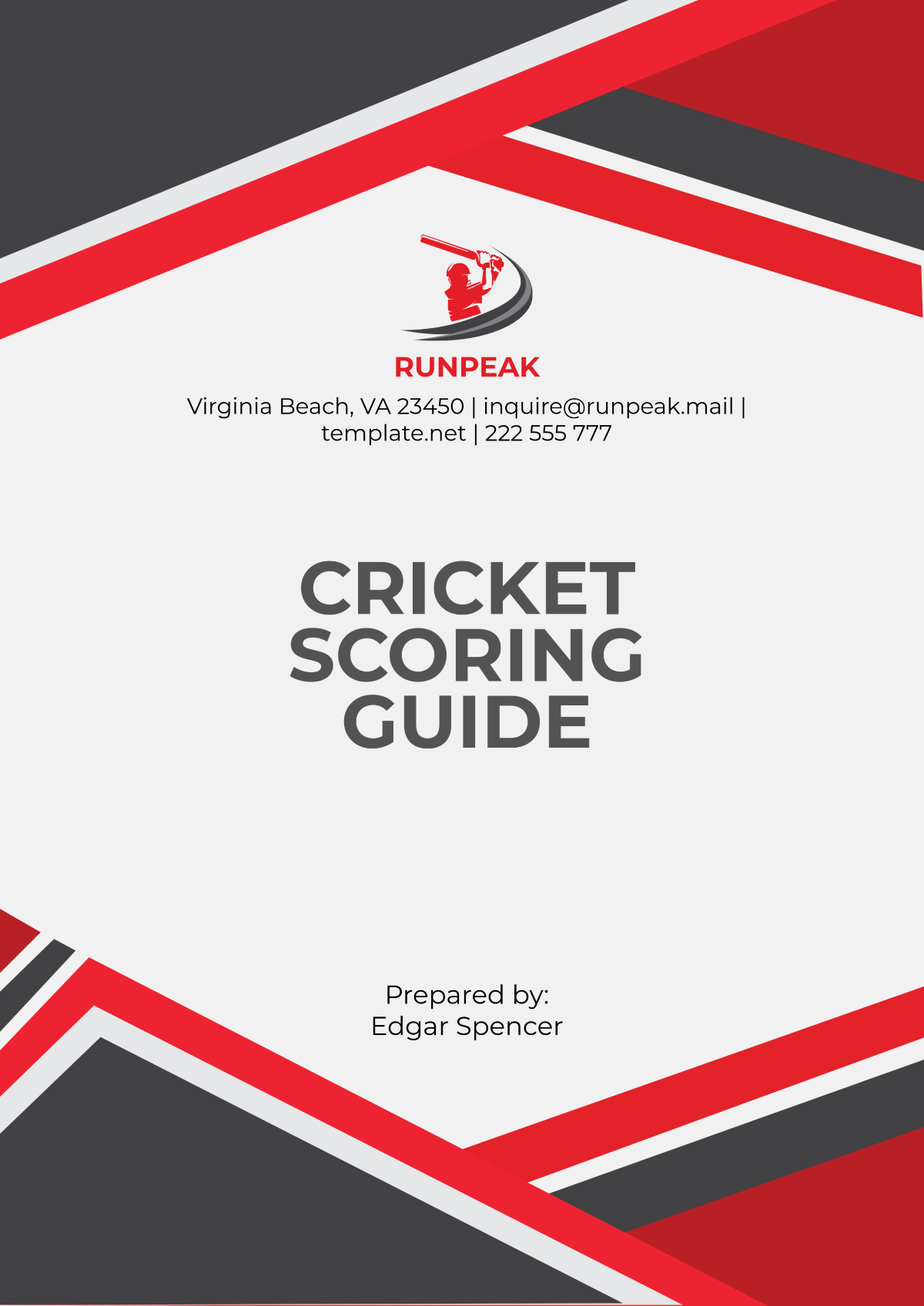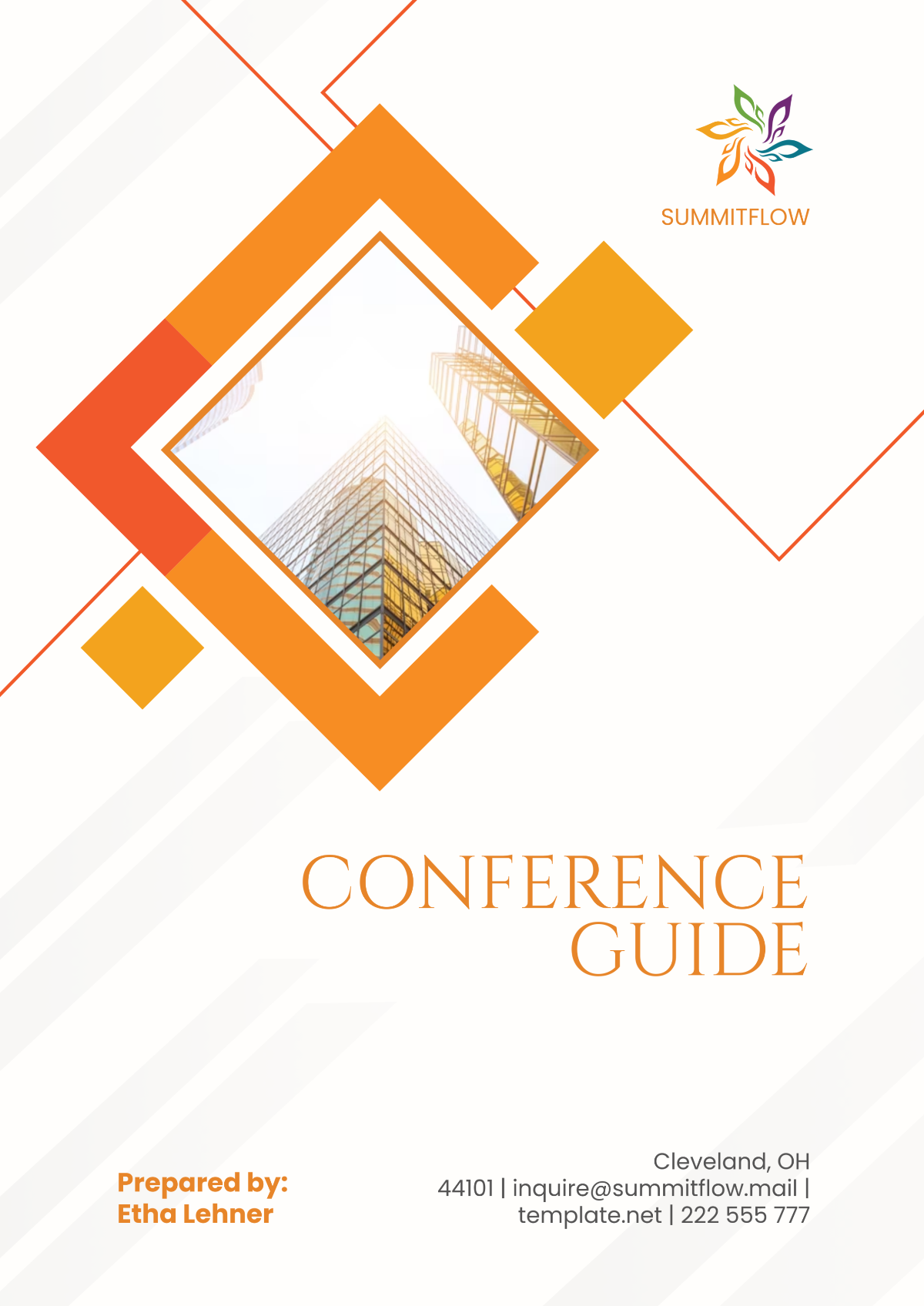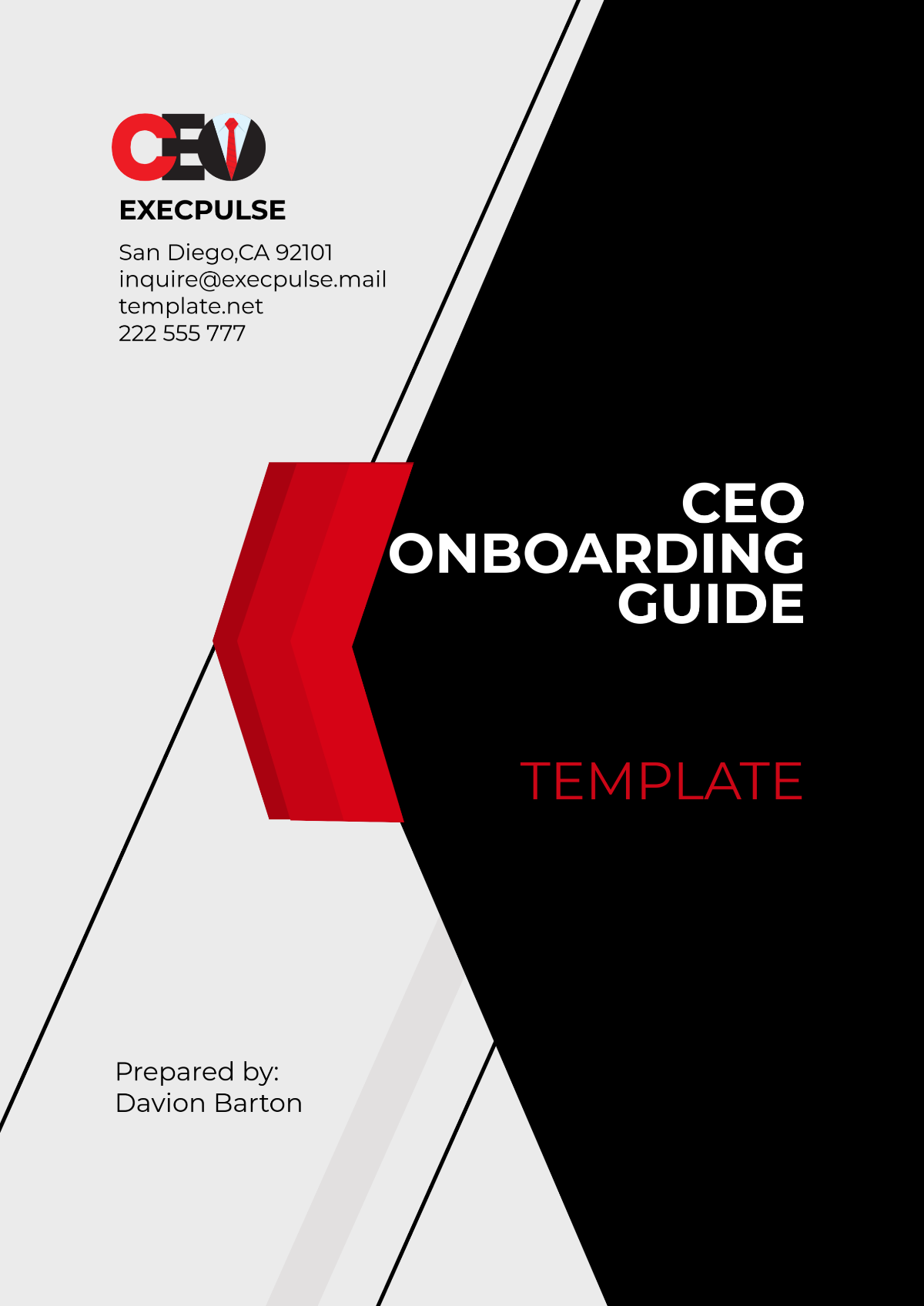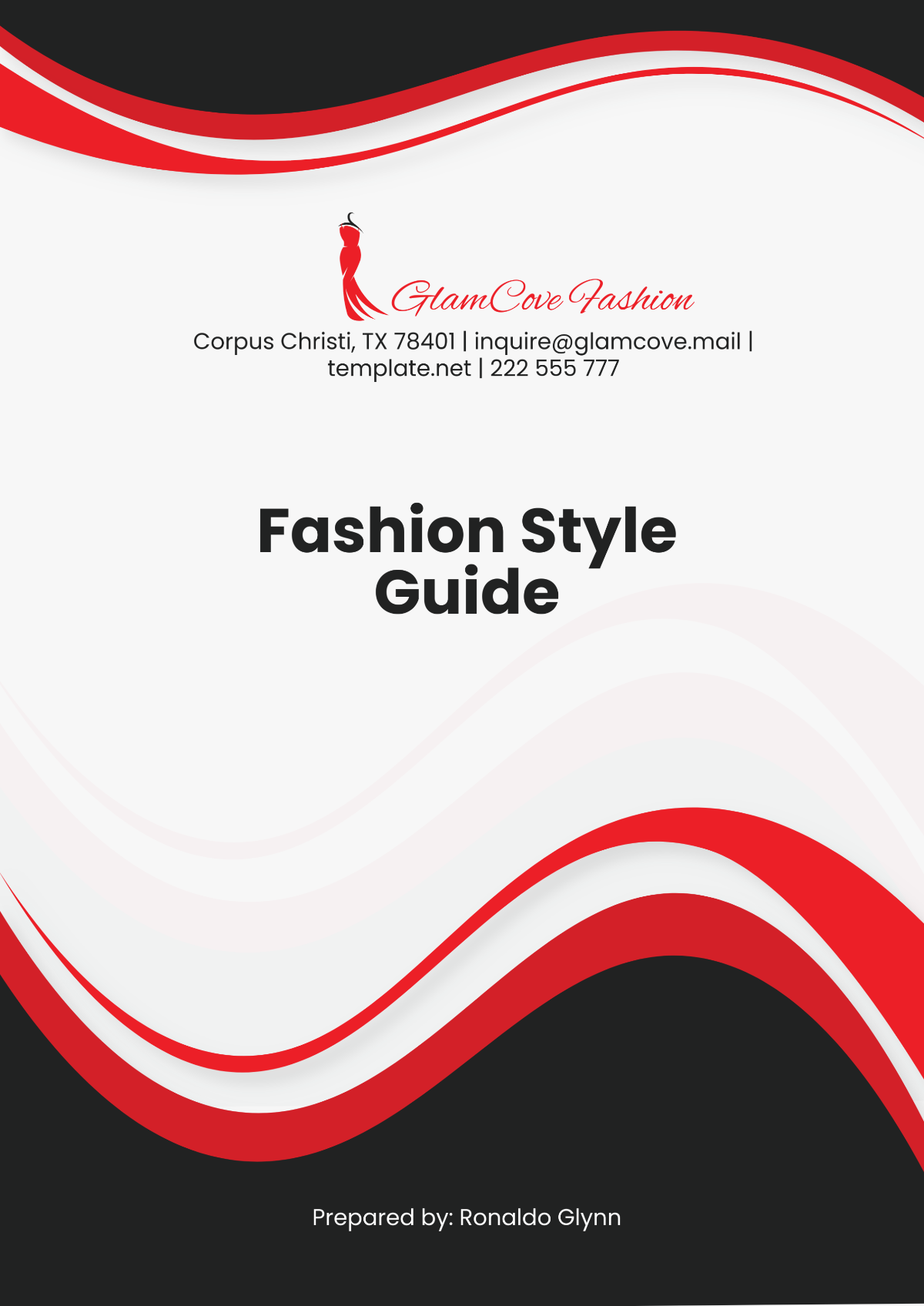Document Guide
I. Introduction
A. Overview
Welcome to the Document Guide Template for [YOUR ORGANIZATION NAME]. This guide is designed to standardize the creation and formatting of documents across the organization, ensuring consistency in all official communications.
B. Purpose
The purpose of this guide is to provide staff with clear guidelines for preparing, structuring, and formatting various types of documents in line with [YOUR ORGANIZATION NAME]'s standards to maintain professionalism and clarity in communication.
C. Scope
This guide covers essential documentation types such as reports, memos, proposals, and presentations. It includes detailed instructions on style, format, and layout requirements.
II. Document Types and Templates
The table below provides an overview of the various document types used within [YOUR ORGANIZATION NAME], along with direct links to access pre-designed templates and brief instructions on their appropriate use cases.
Document Type | Purpose | Template Link | Template Instructions |
Reports | Detailed analysis for internal or external stakeholders. | [Link to Report Template] | Use for compiling research, project updates, and in-depth analysis. Include all relevant data and findings. |
Memos | Quick internal communications. | [Link to Memo Template] | Ideal for brief updates or announcements within departments. Keep content concise and to the point. |
Proposals | Suggestions for new projects or initiatives. | [Link to Proposal Template] | Use to outline new ideas or projects, detailing objectives, methodologies, and anticipated outcomes. |
Presentations | Materials for meetings or briefings. | [Link to Presentation Template] | Customize for audience engagement during meetings, conferences, or workshops. Include visuals and key points. |
III. Formatting Guidelines
A. General Formatting
Font Type and Size: Standard fonts like [Arial or Times New Roman] at size [12pt for text, 14pt for headings].
Margins: Set at [1 inch] on all sides.
Spacing: [Double-spaced for reports, single-spaced for memos].
B. Document Elements
Headers and Footers: Include [PAGE NUMBERS, DOCUMENT TITLE, DATE].
Title Page: Should feature [DOCUMENT TITLE, SUBTITLE, AUTHOR, DATE, VERSION] where applicable.
Table of Contents: Automatically generated in longer documents like reports.
IV. Writing Style
A. Tone and Language
Tone: Consistently professional, matching the [FORMAL OR INFORMAL] tone suitable for the intended audience.
Clarity and Precision: Use precise language to ensure clarity and prevent misunderstandings.
Jargon: Minimize jargon unless writing for a specialized audience within [SPECIFIC DEPARTMENTS].
B. Proofreading and Editing
Proofreading Steps: Include checking for typographical errors, grammatical mistakes, and style consistency.
Editing Protocols: Ensure content aligns with the goals and values of [YOUR ORGANIZATION NAME].
V. Graphics and Visual Elements
A. Incorporating Graphics
Types of Graphics: Appropriate use of images, charts, and graphs to support textual content.
Formatting Graphics: Ensure all graphics are high resolution and properly cited.
B. Accessibility
Accessibility Standards: Adhere to [WCAG 2.1 GUIDELINES] to make documents accessible.
Alt Text for Images: Provide descriptive alt text for all visual elements.
VI. Approval and Submission
A. Review Process
Internal Review: Document review procedures before finalization, involving [RELEVANT DEPARTMENTS OR INDIVIDUALS].
Approvals: Outline the approval chain, including all necessary [MANAGEMENT OR DEPARTMENTAL APPROVALS].
B. Submission Guidelines
Final Format: Preferred formats [PDF, DOCX, PPTX] for submission.
Submission Channels: Detailed submission procedures via [EMAIL, INTRANET, ETC.].
VII. Updates and Maintenance
Document Updates: Scheduled review and updates to this guide every [TIME PERIOD].
Feedback Mechanism: Procedures for providing feedback through [INTERNAL SURVEY, EMAIL, ETC.].
VIII. Conclusion
This guide is essential for ensuring that all documents produced under the aegis of [YOUR ORGANIZATION NAME] are professionally executed and consistent. Adhering to these guidelines helps uphold the organization’s reputation for quality and professionalism in all communications.
